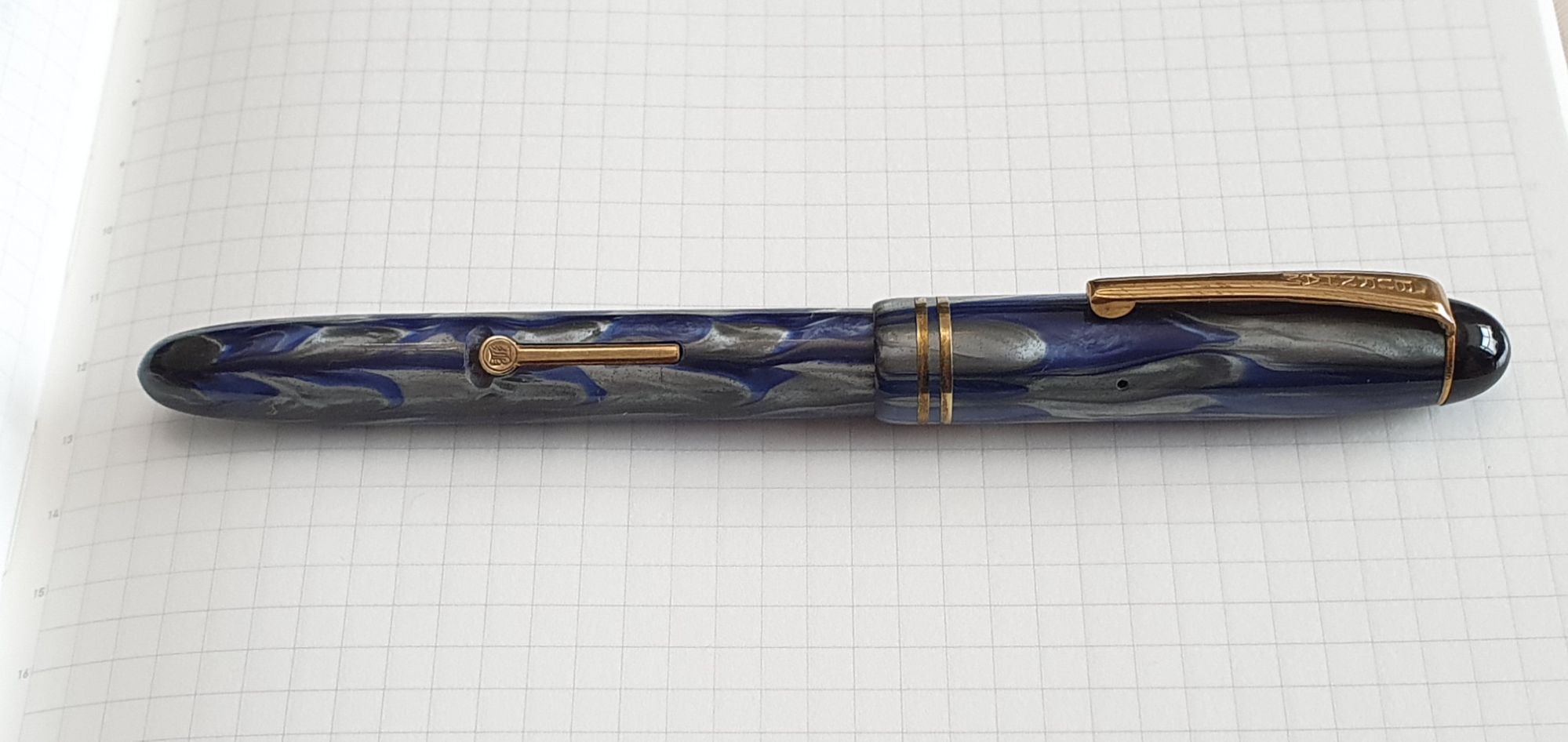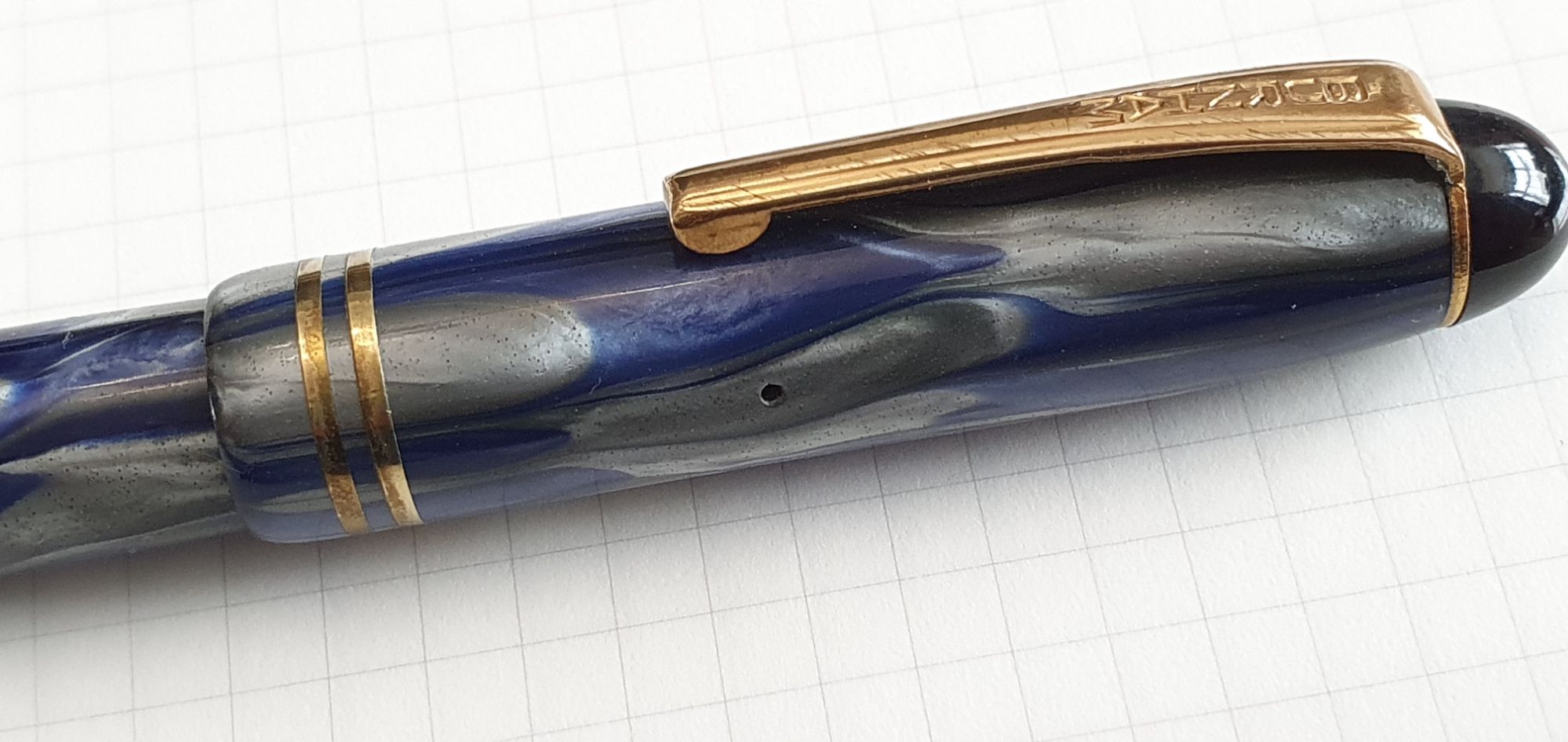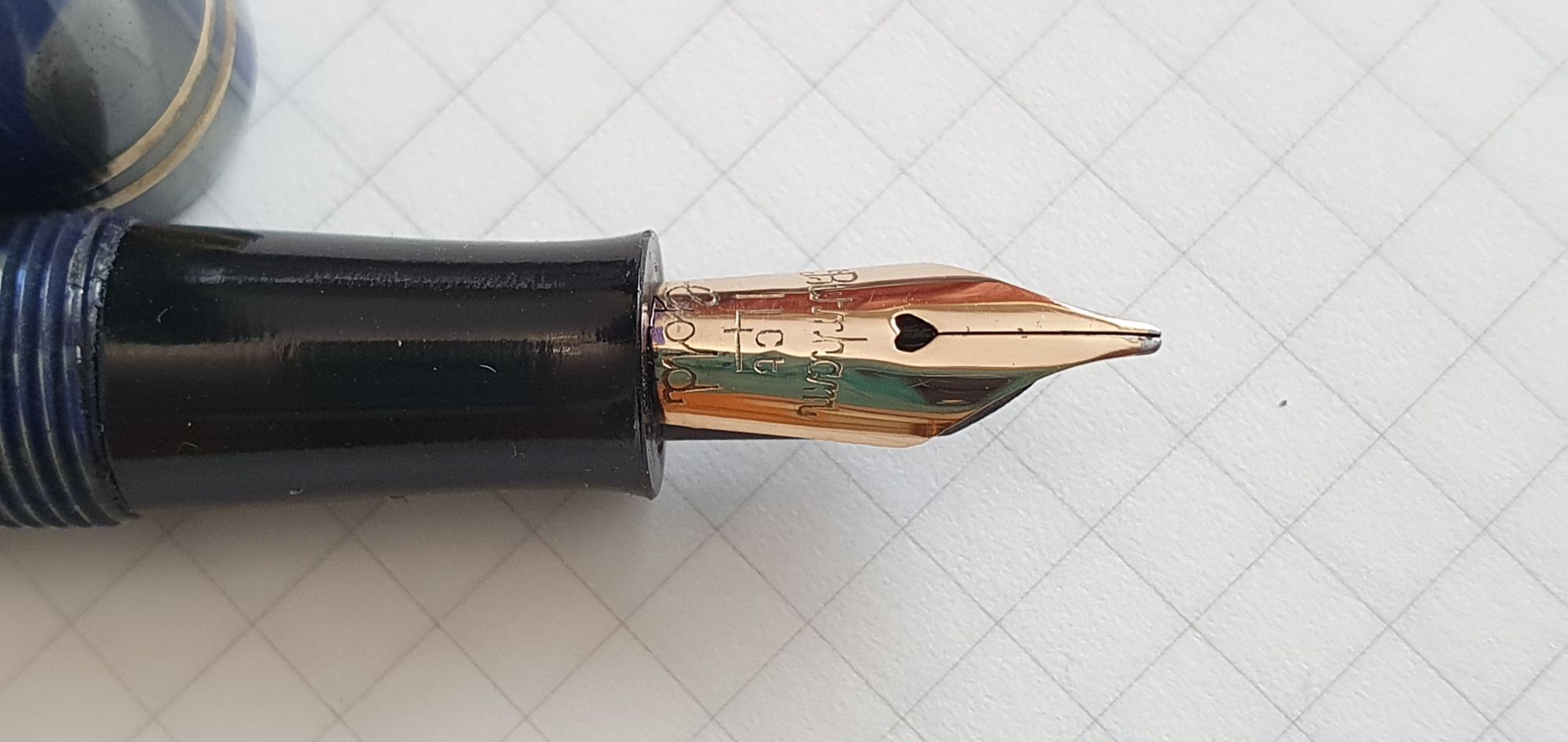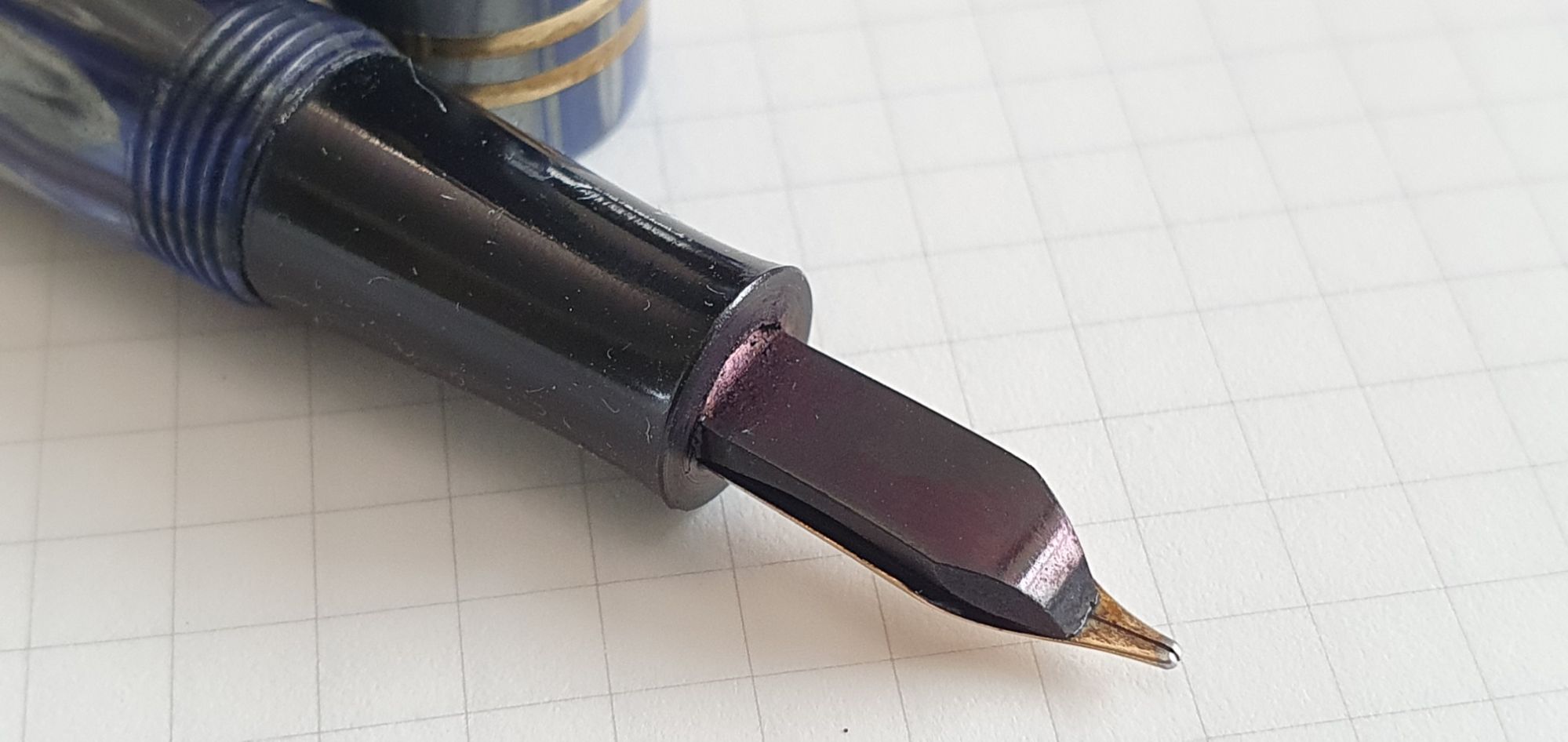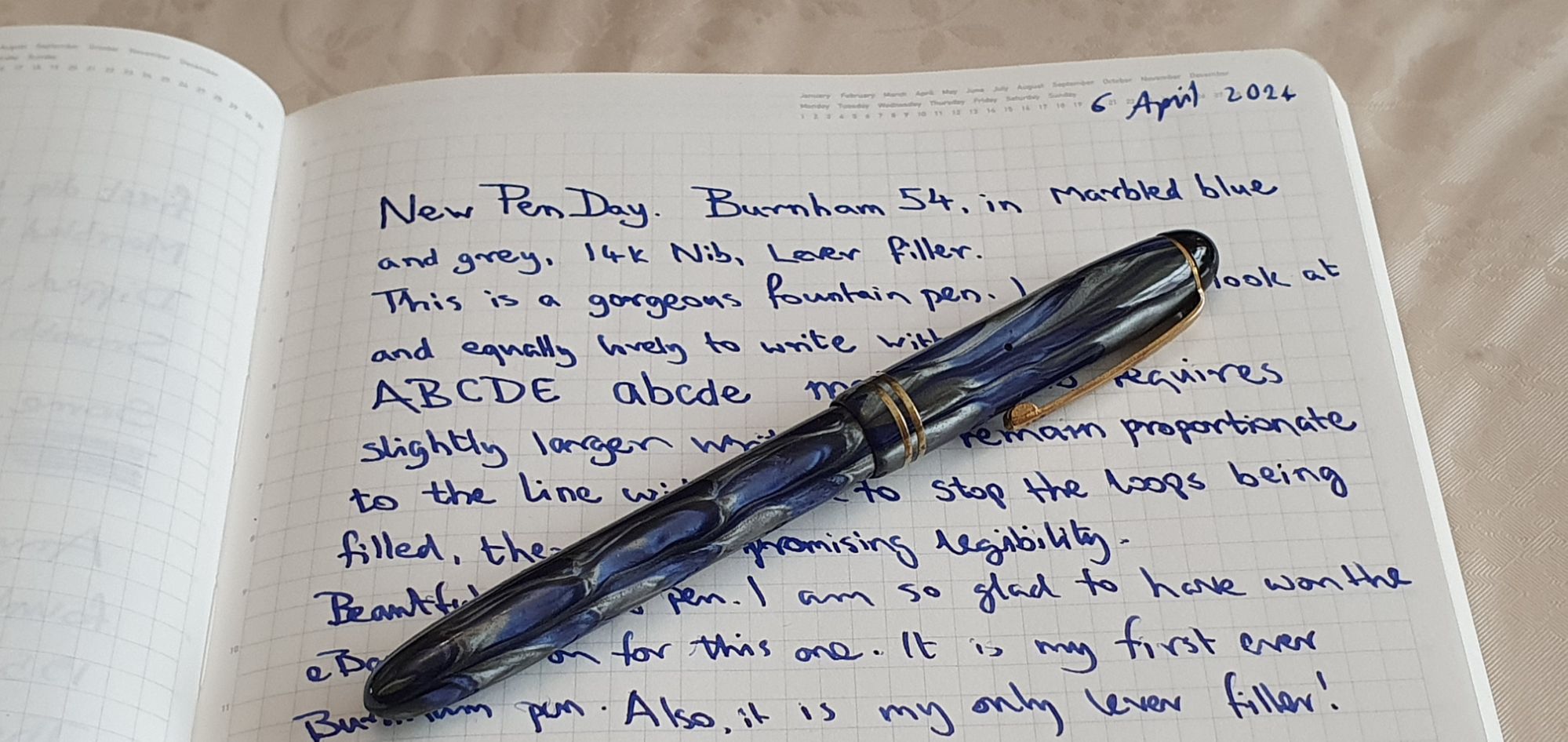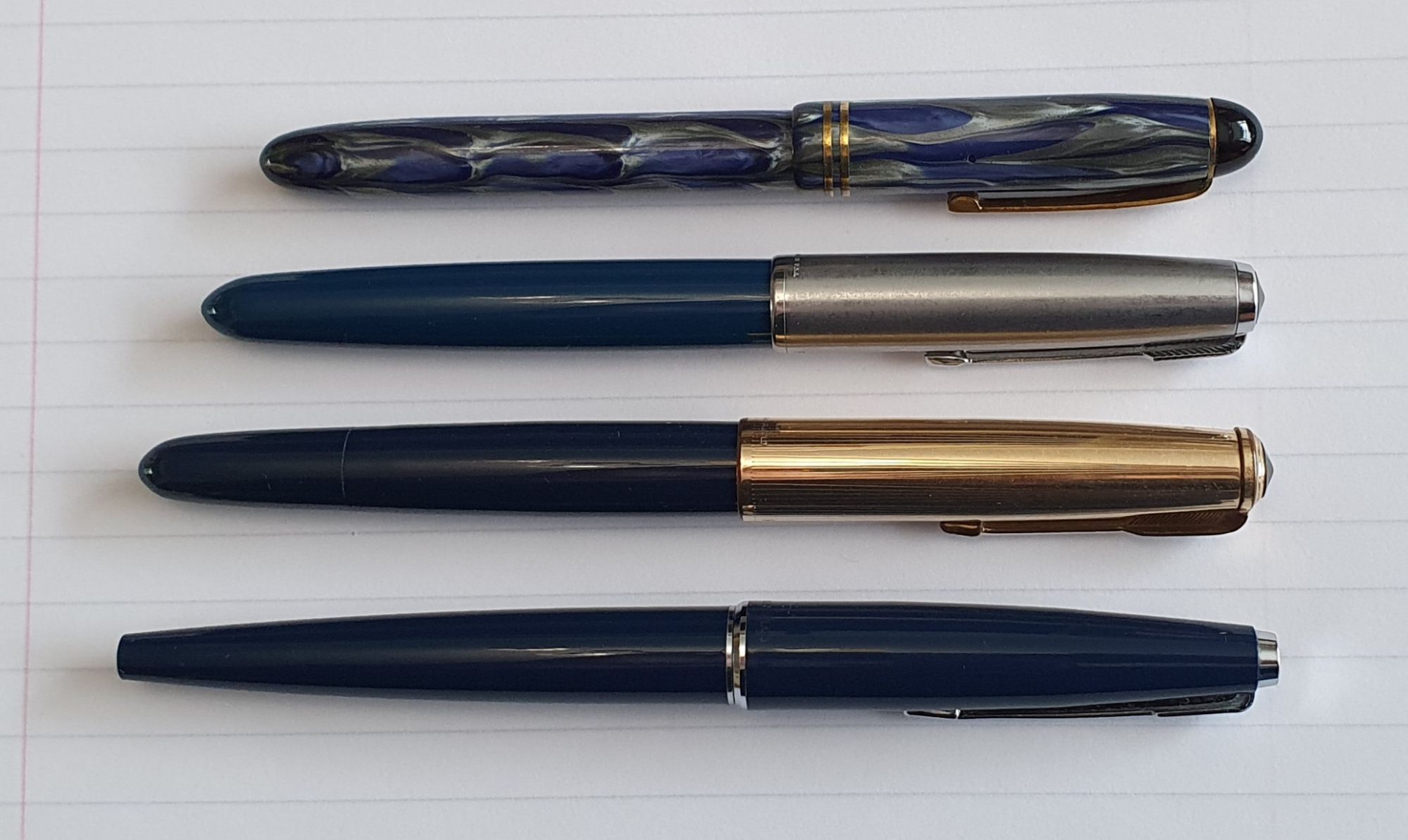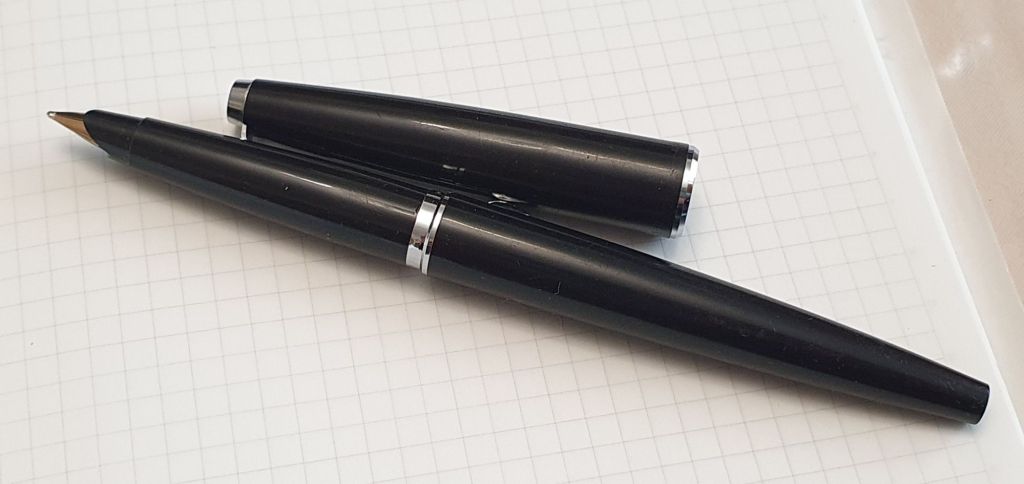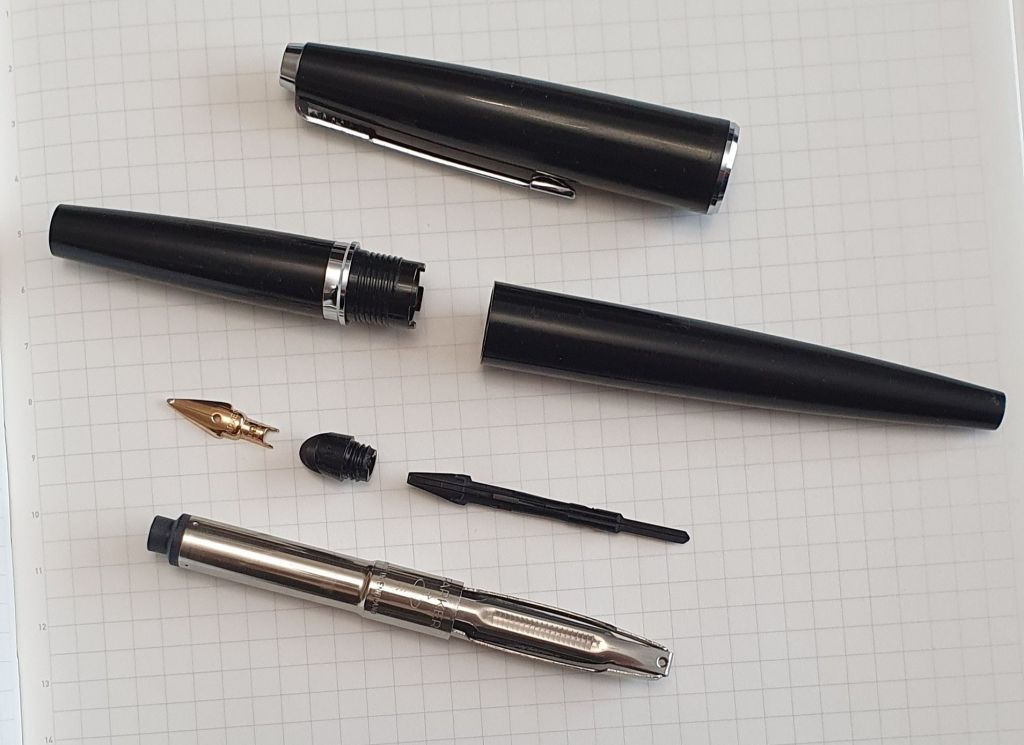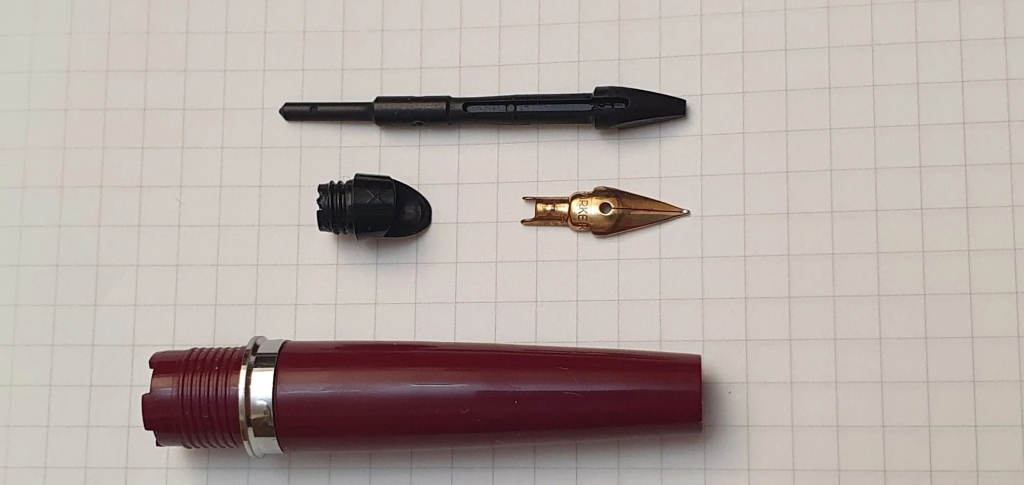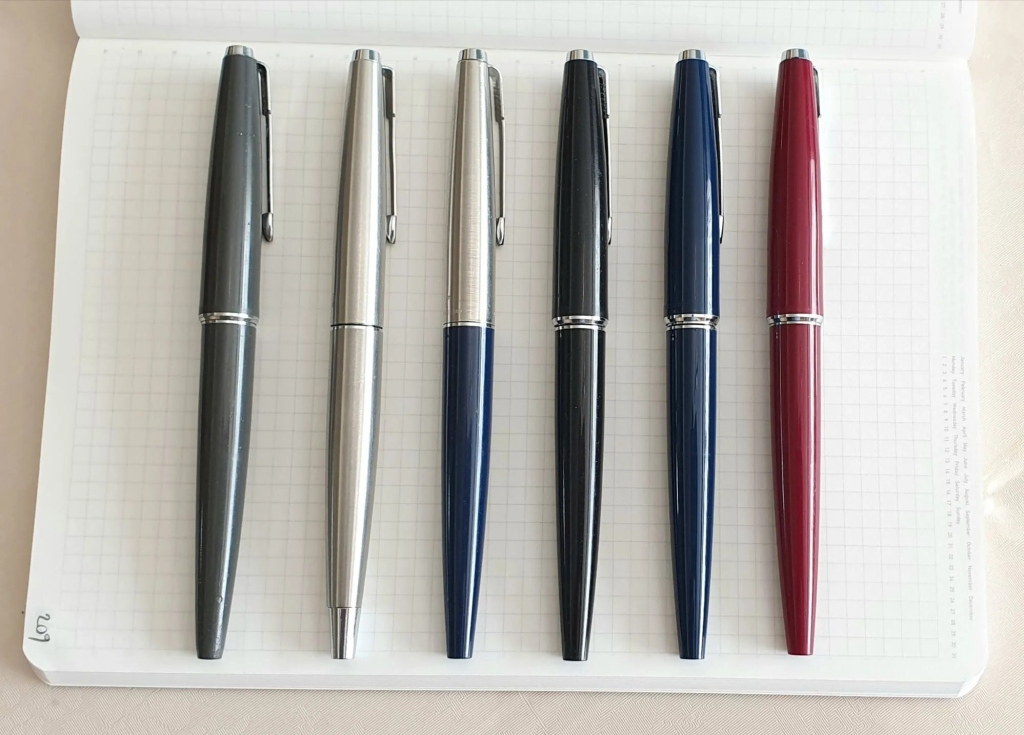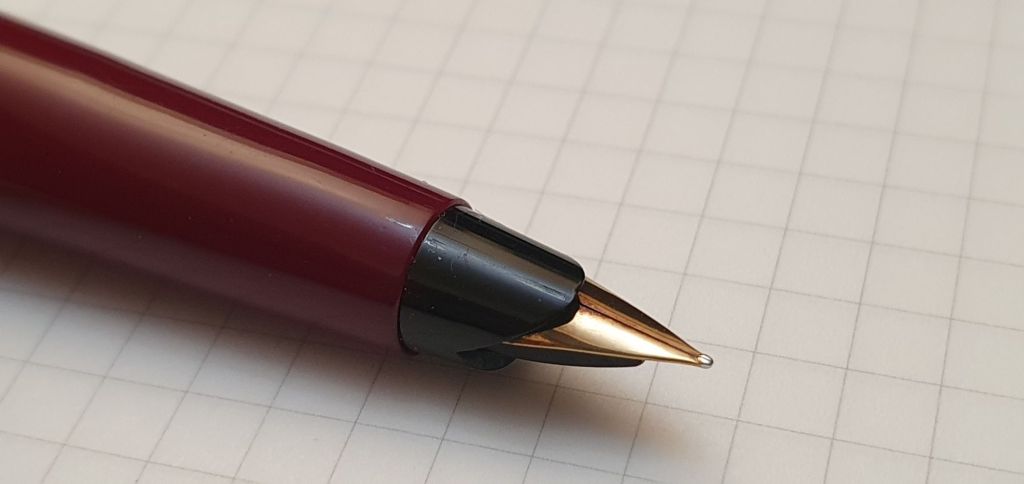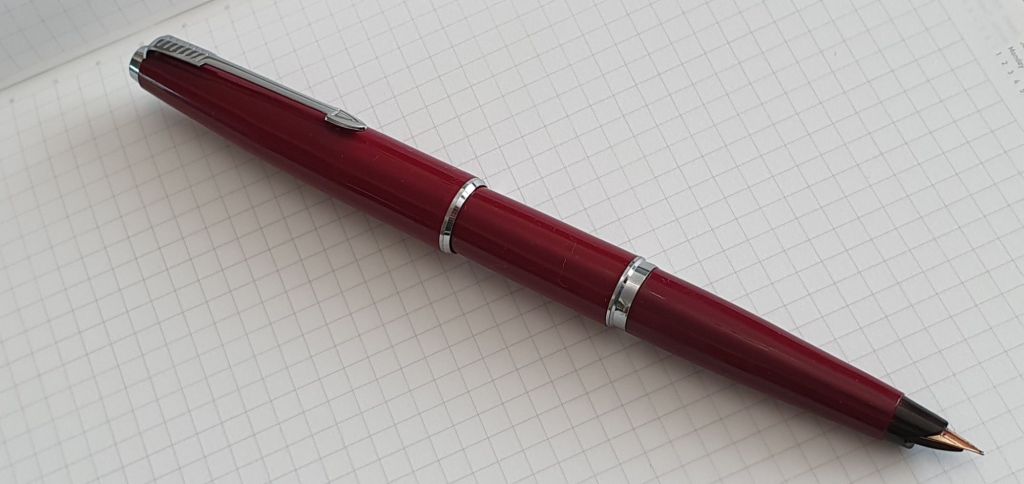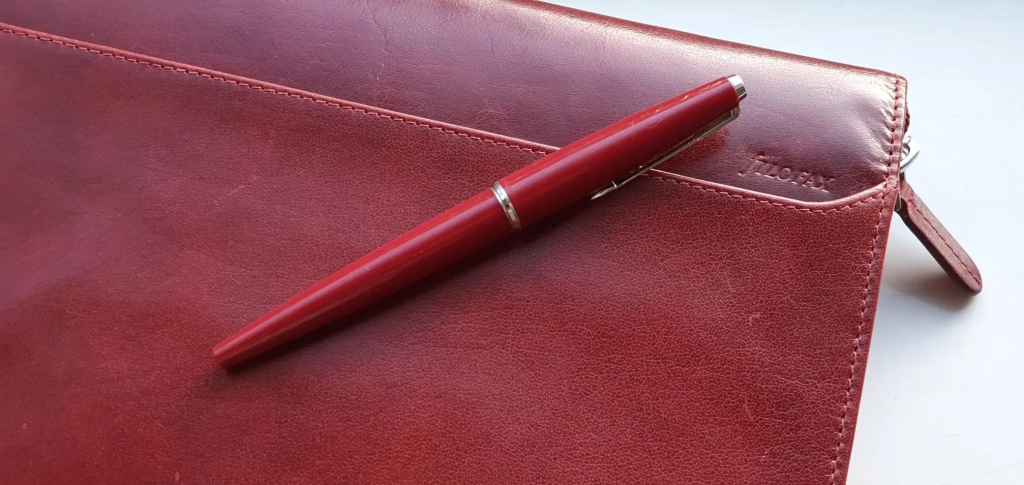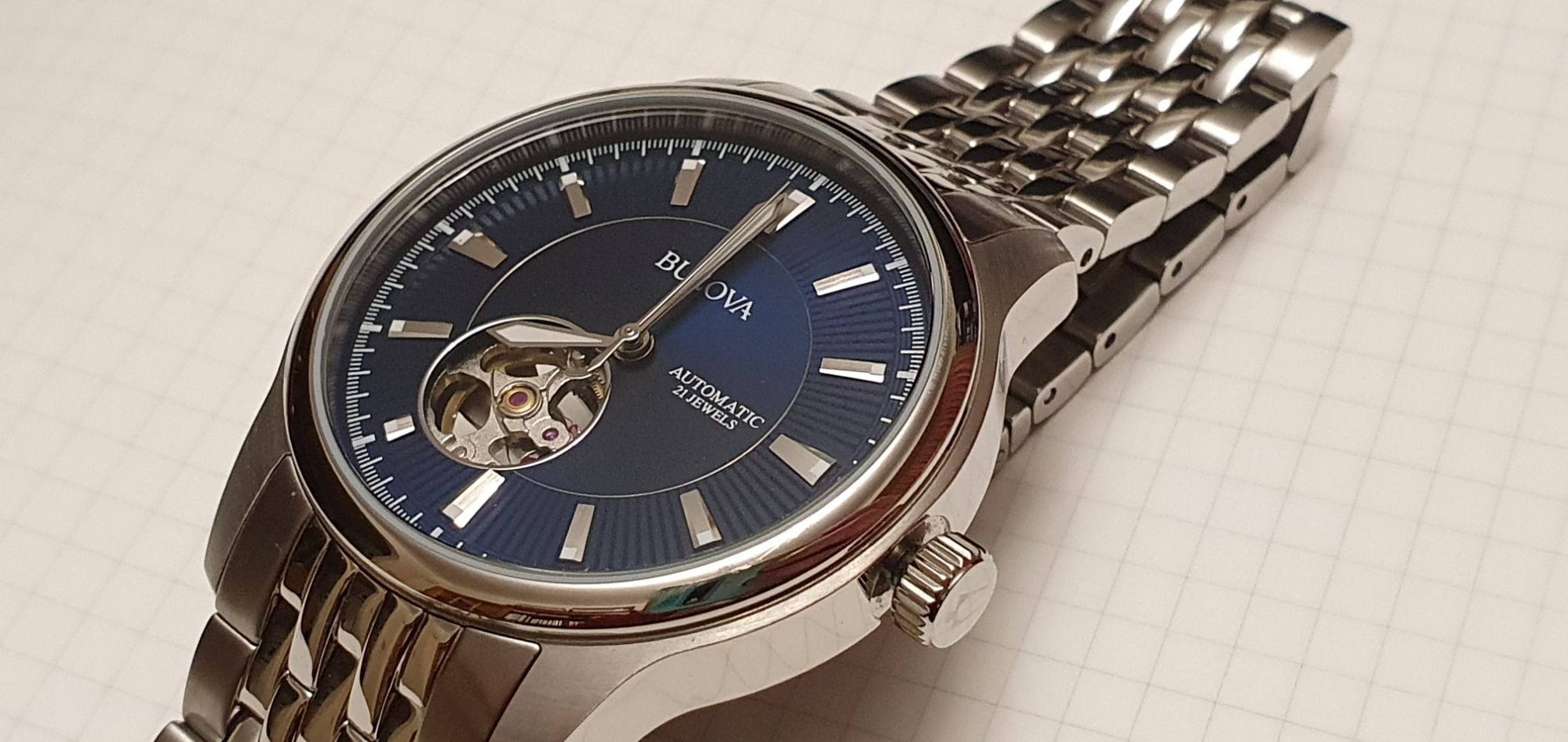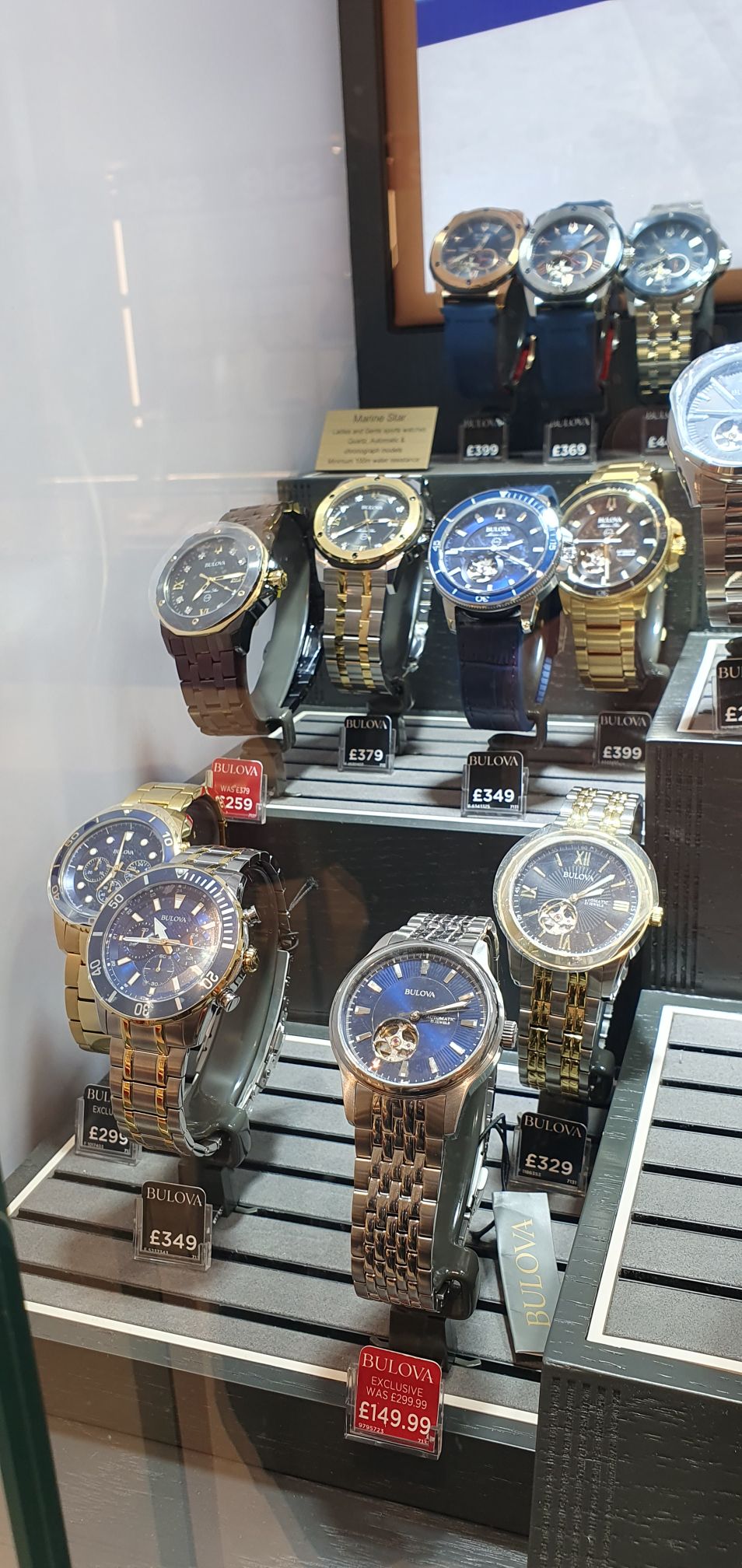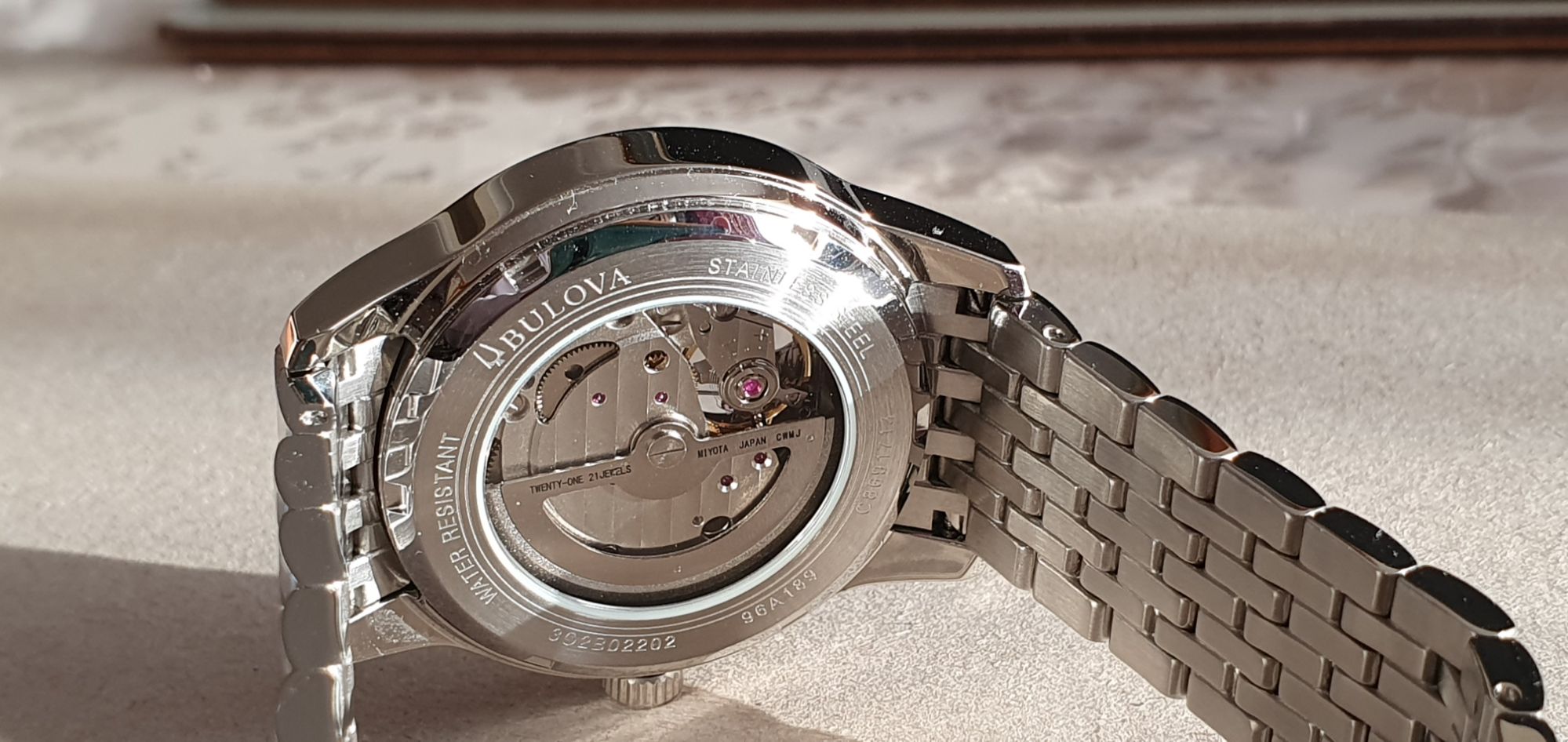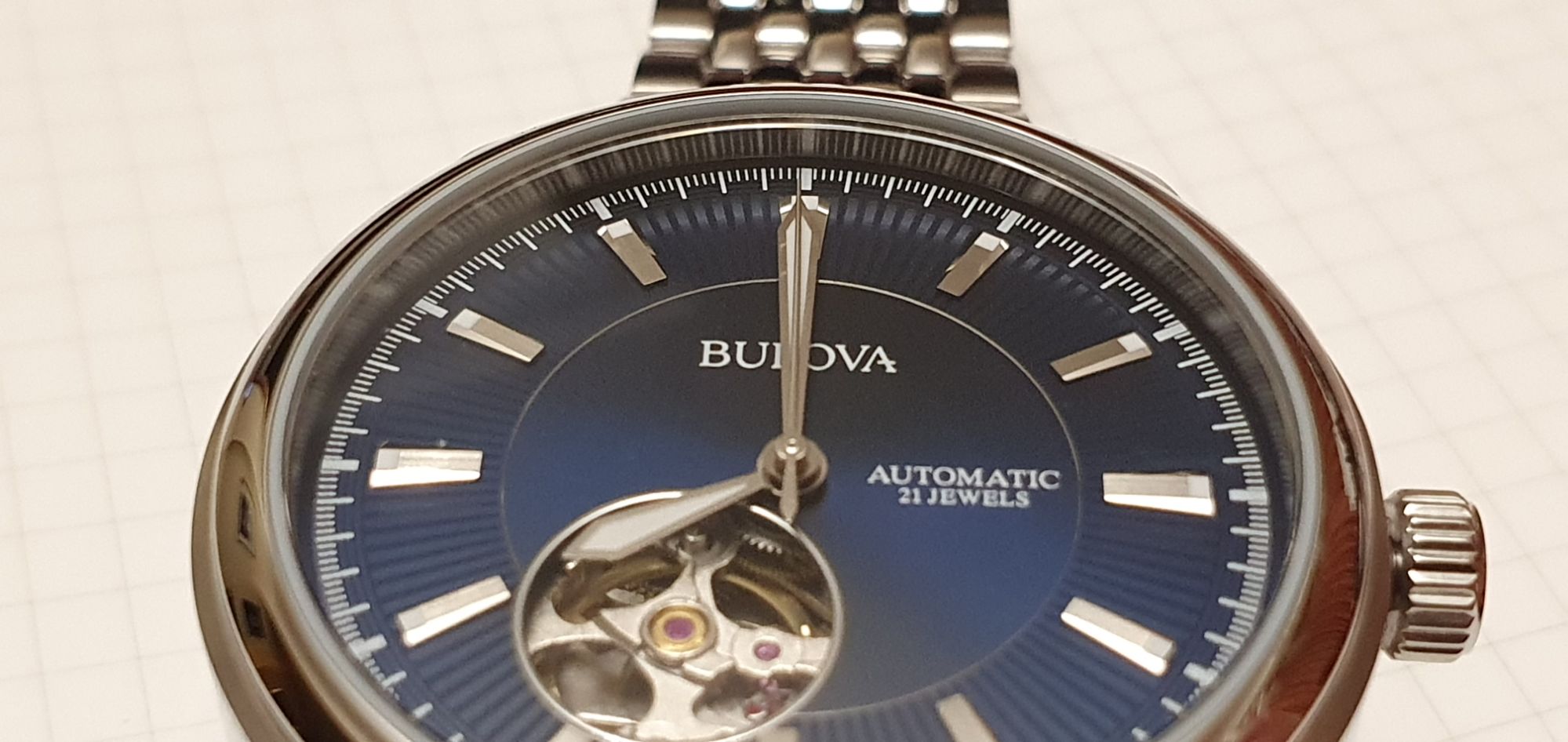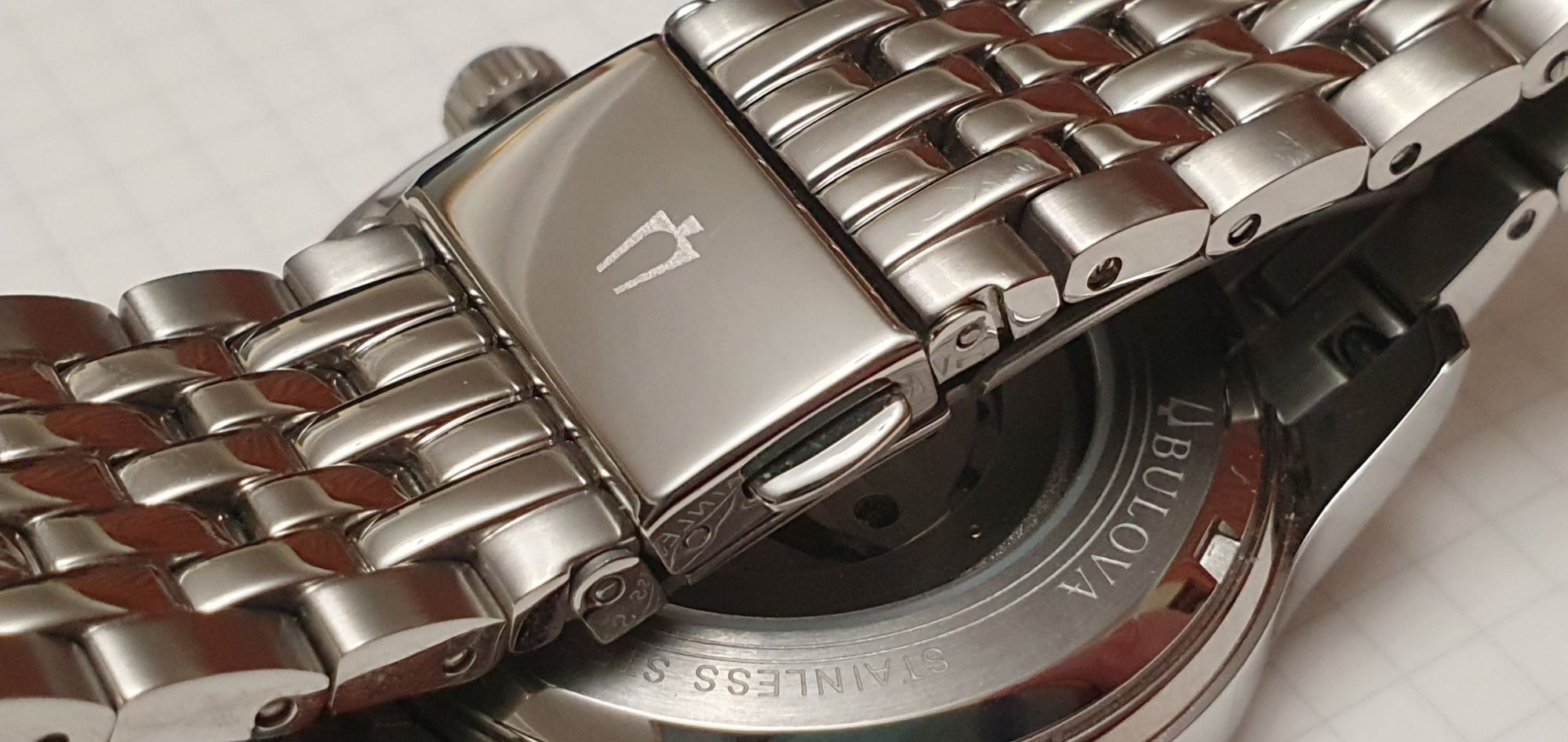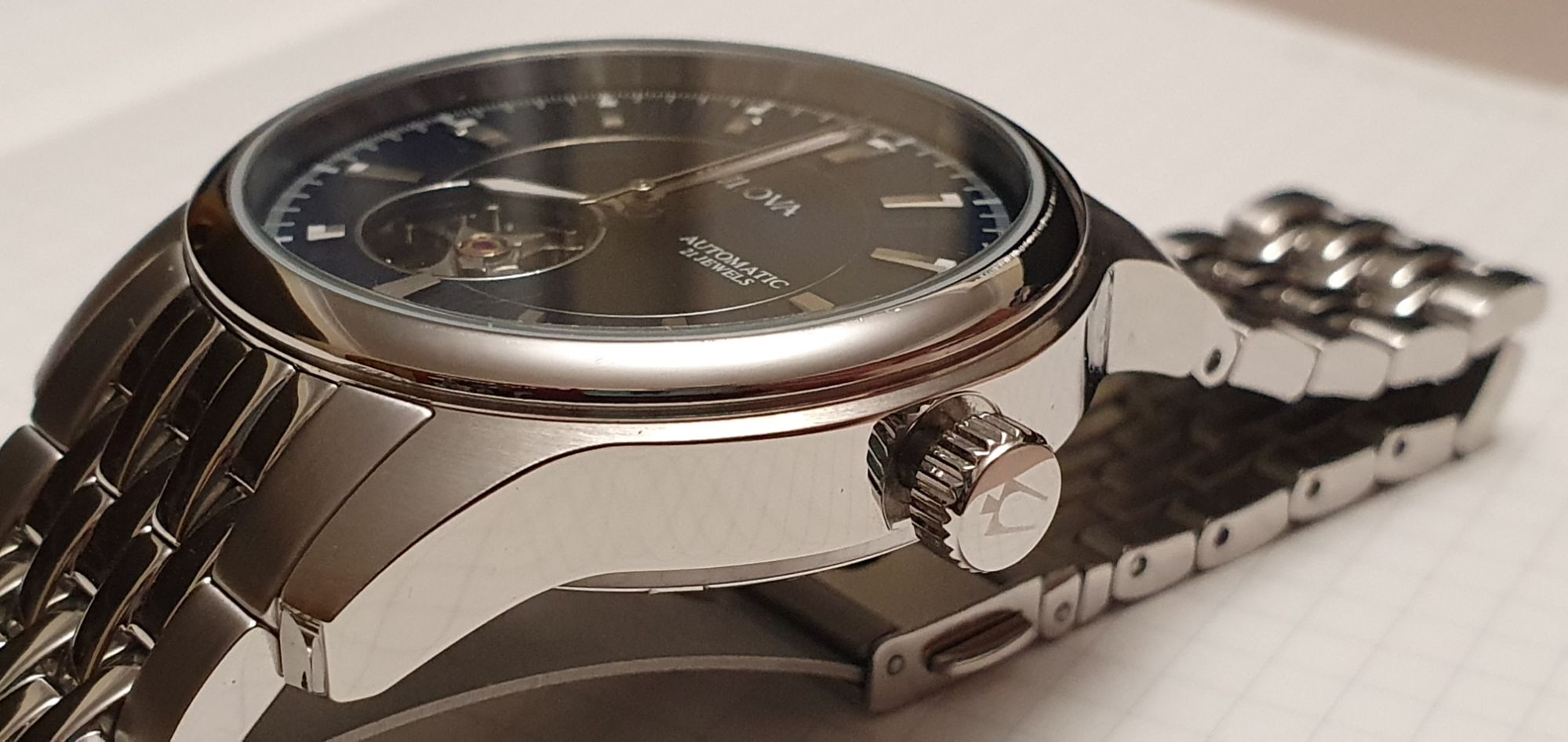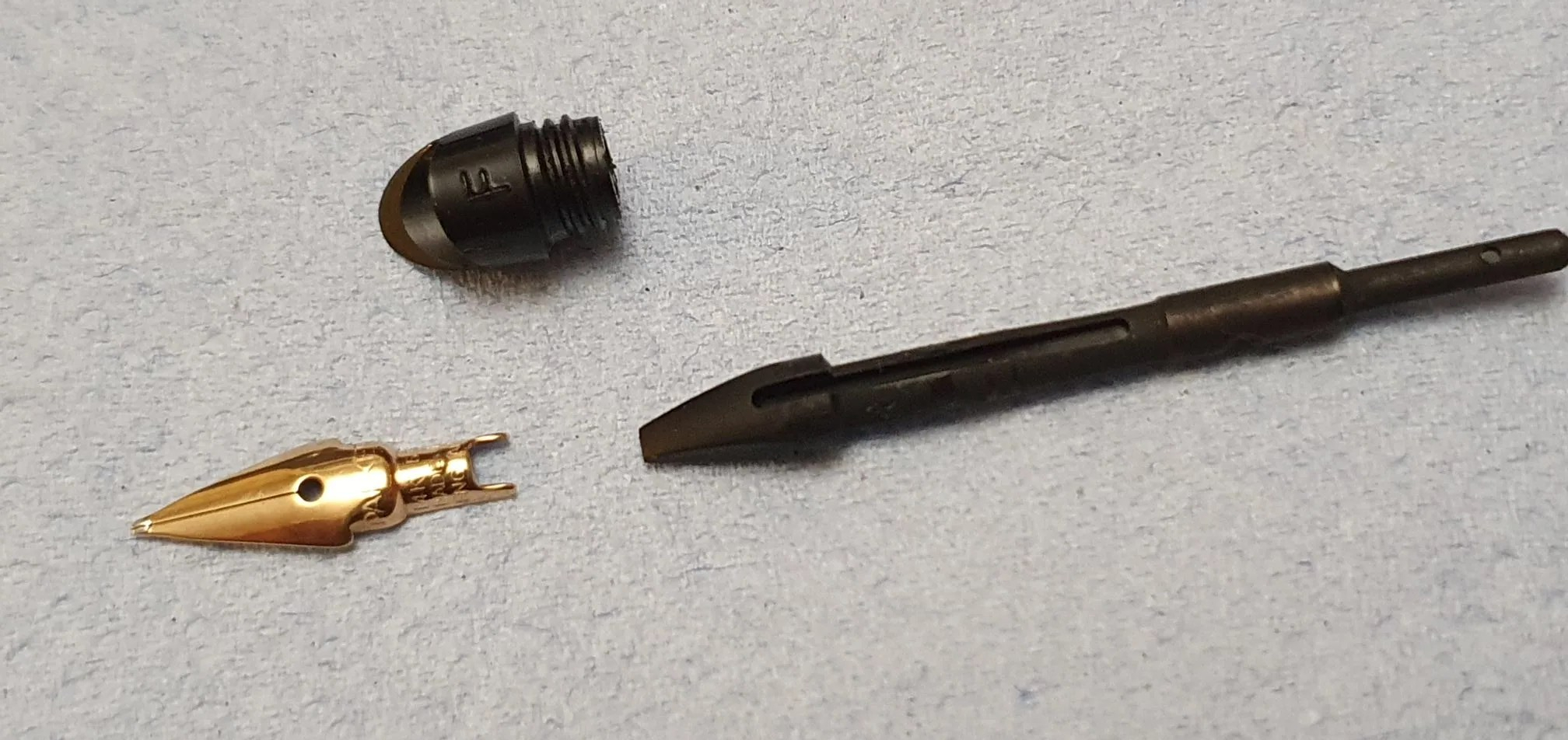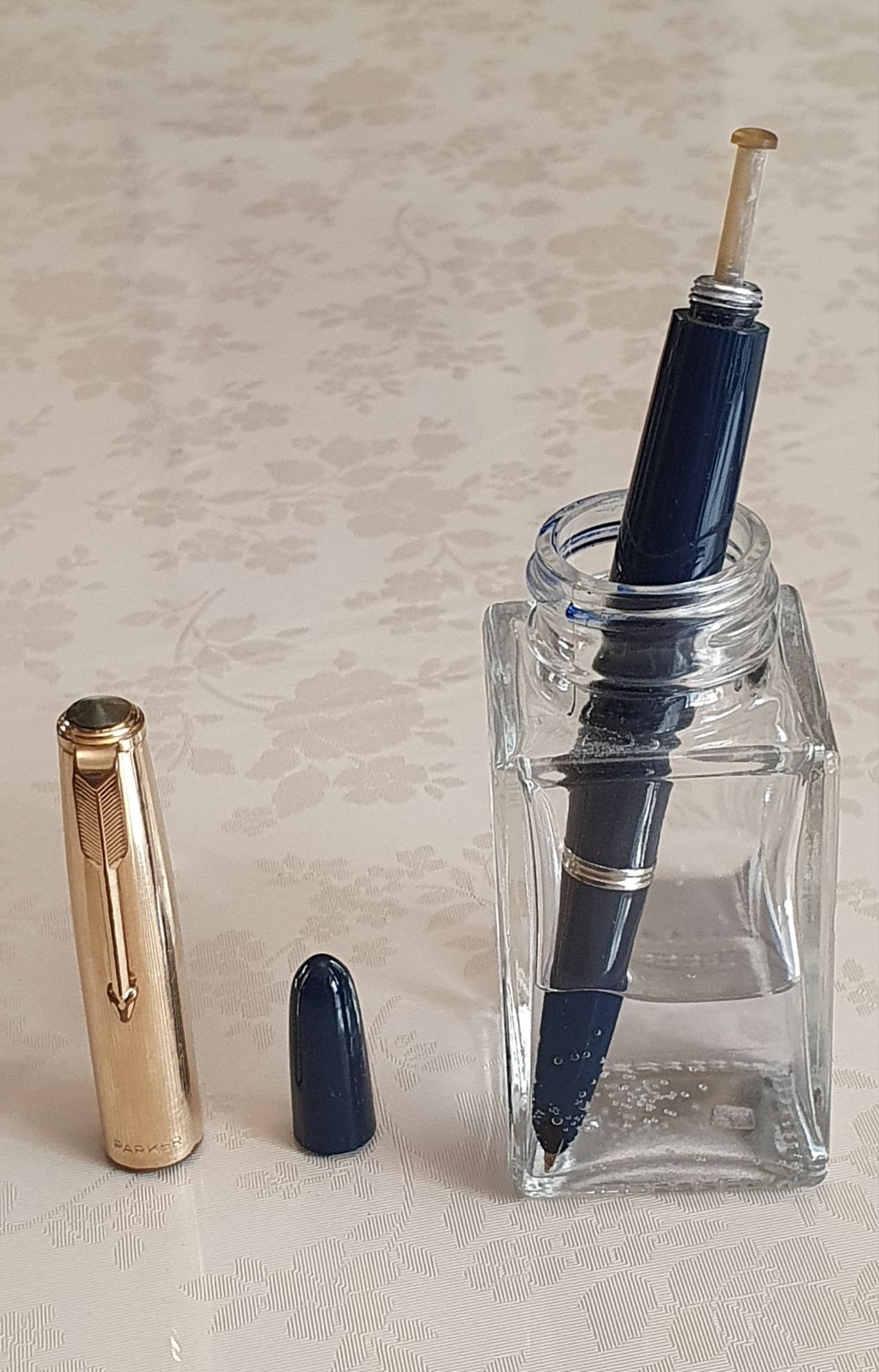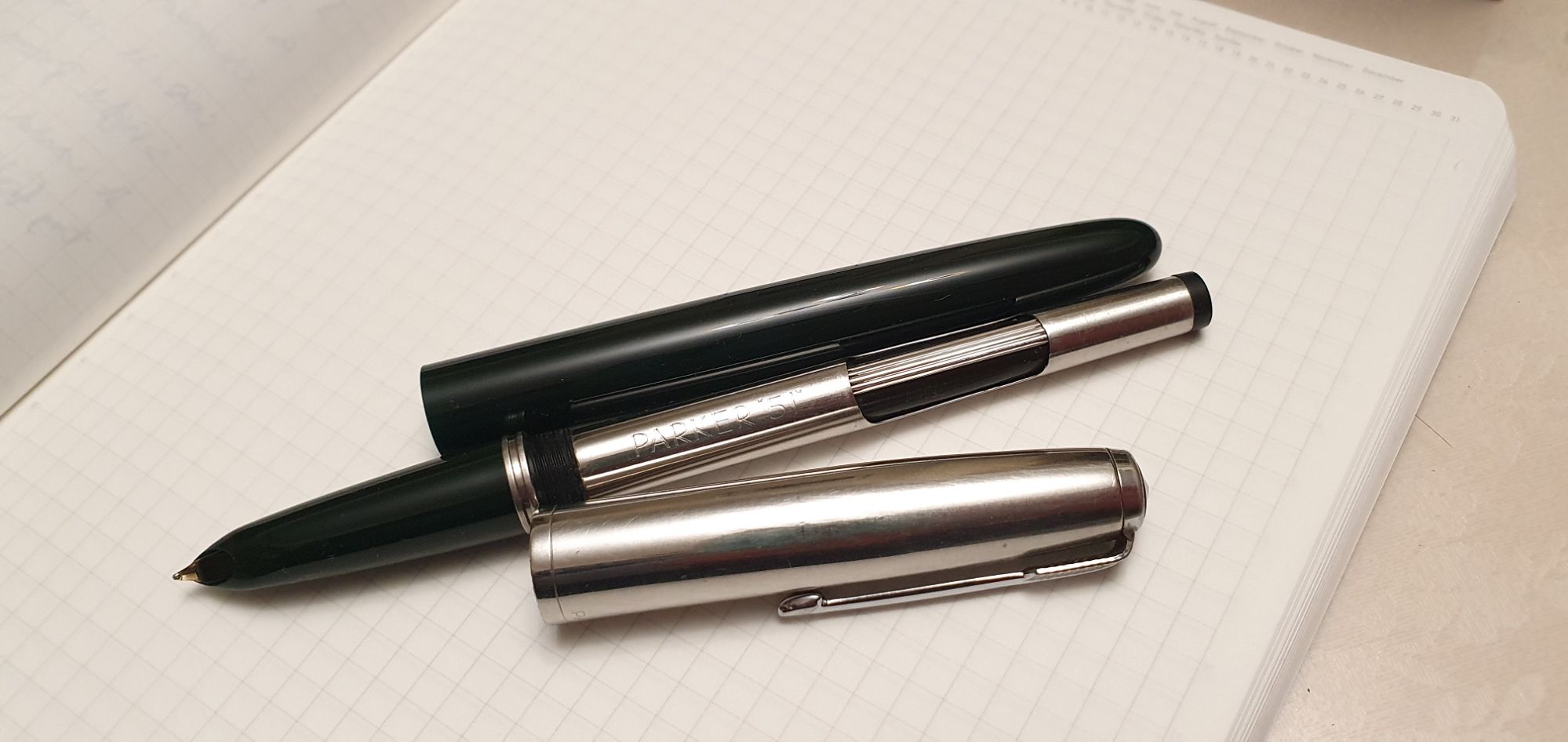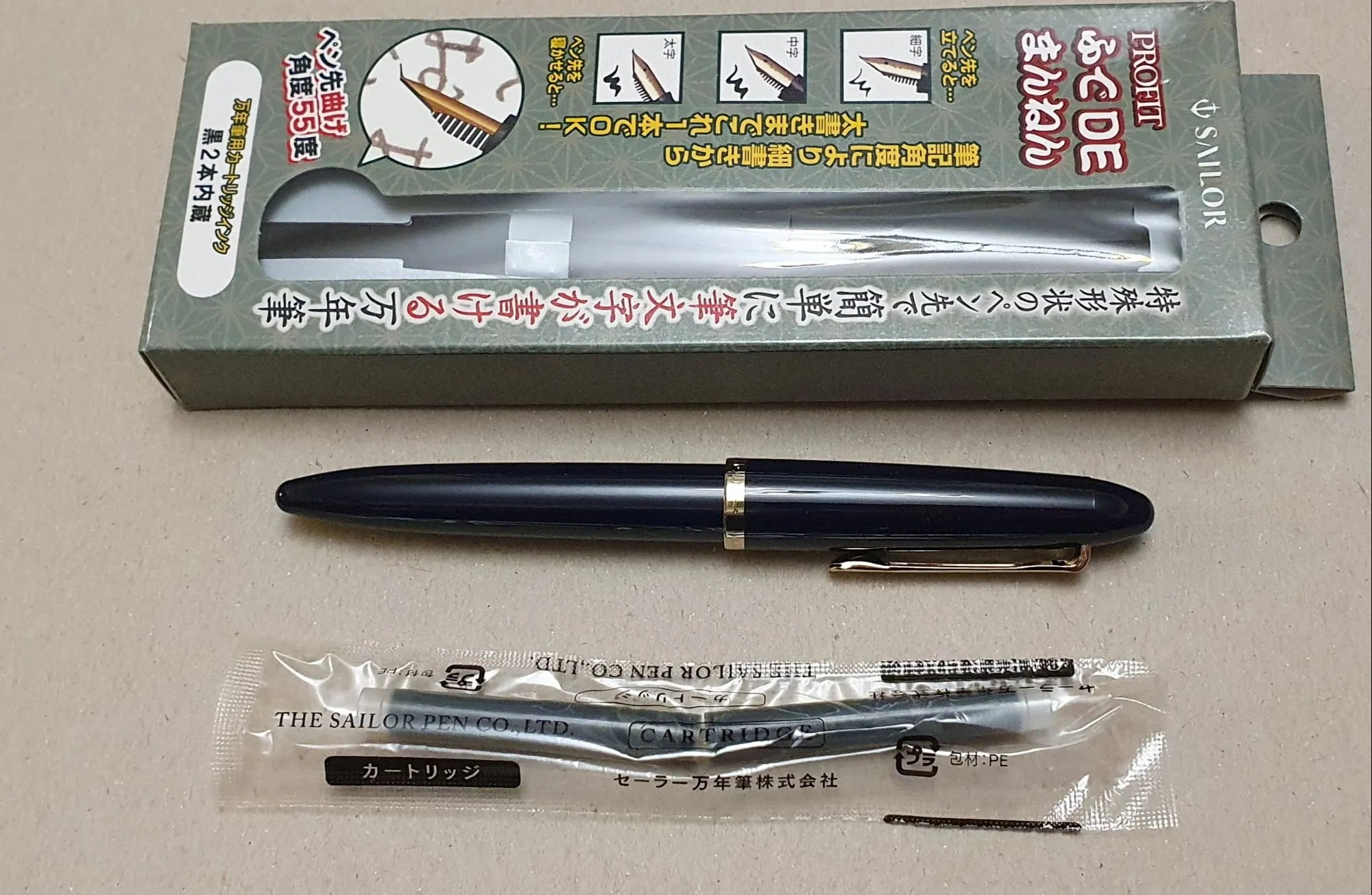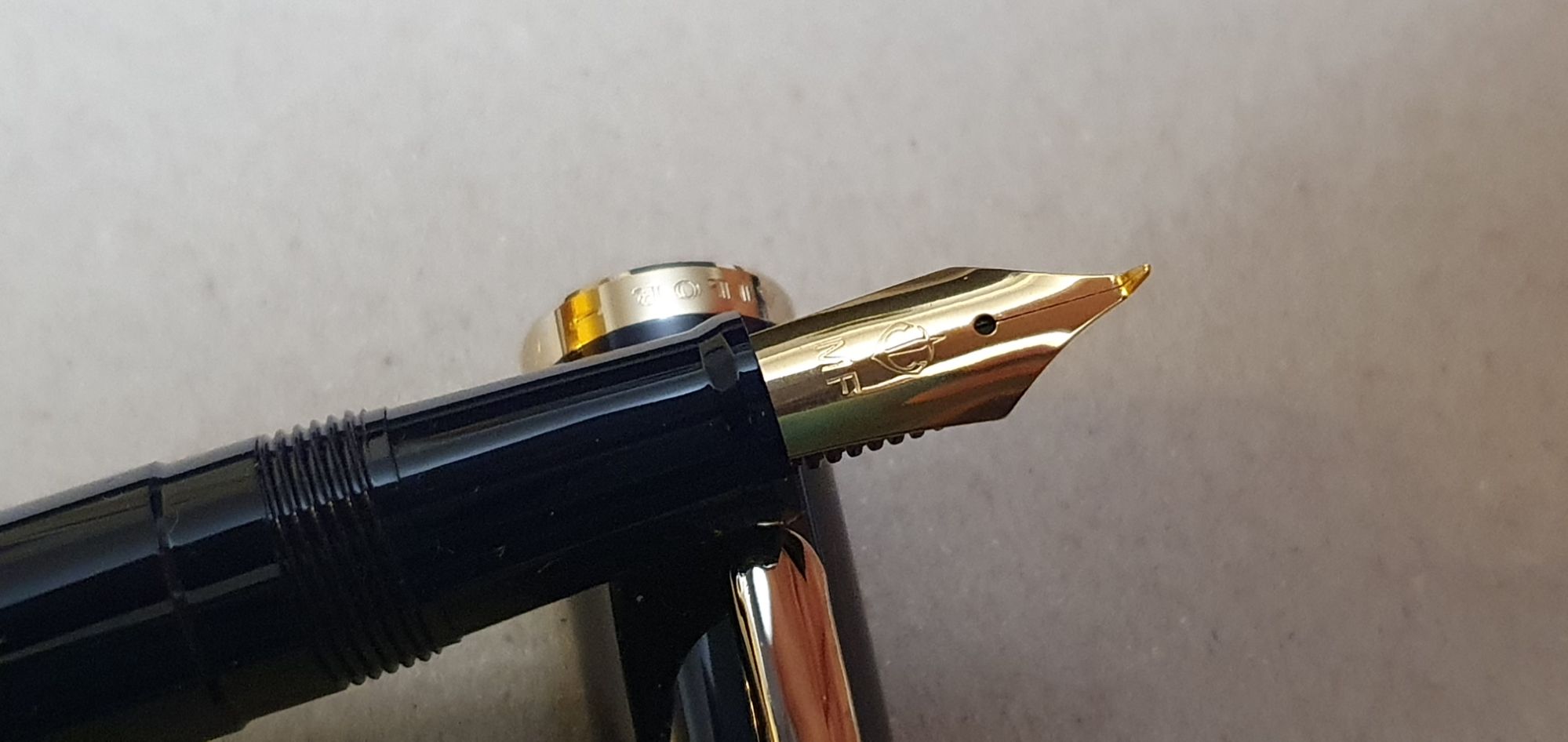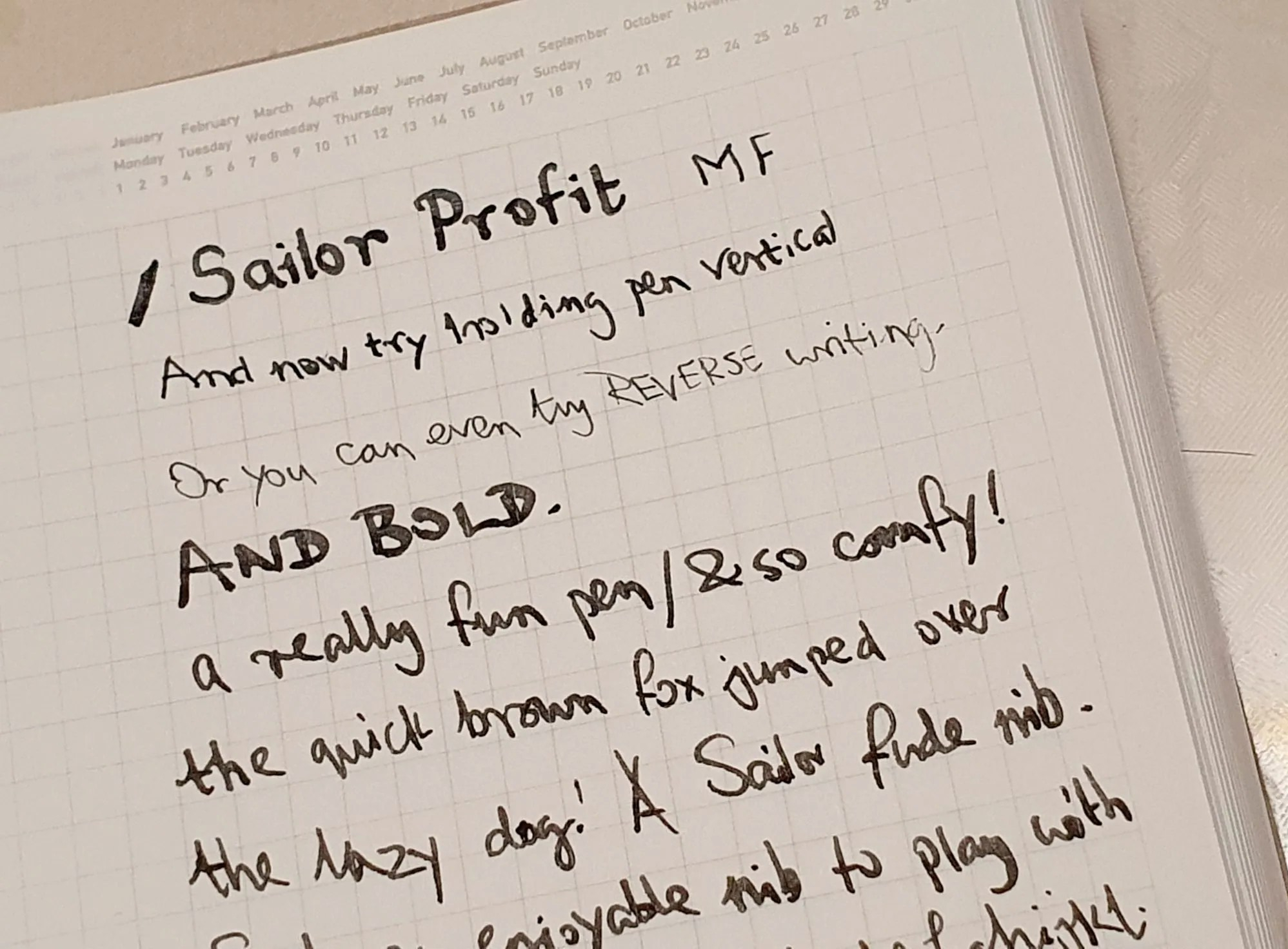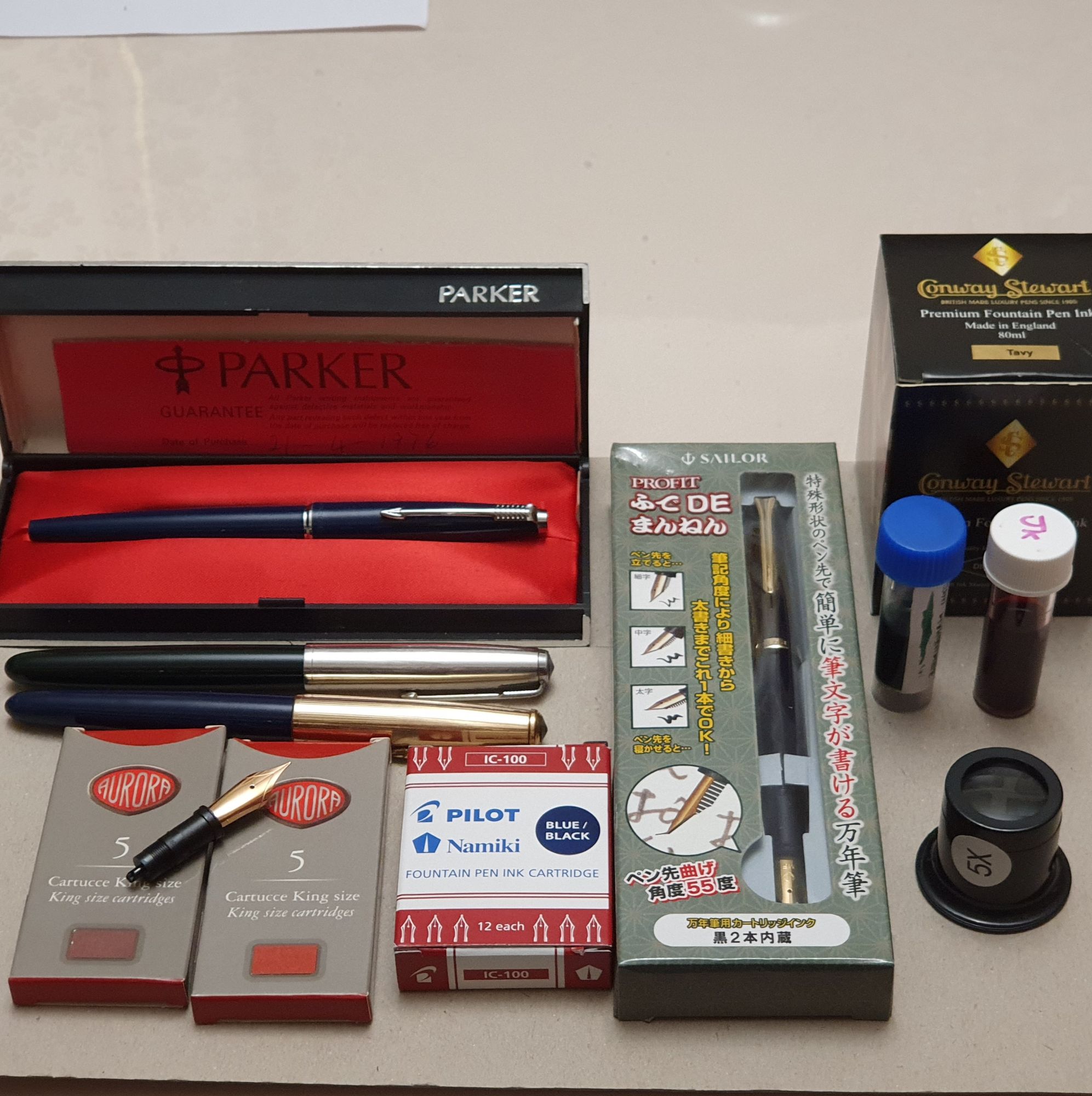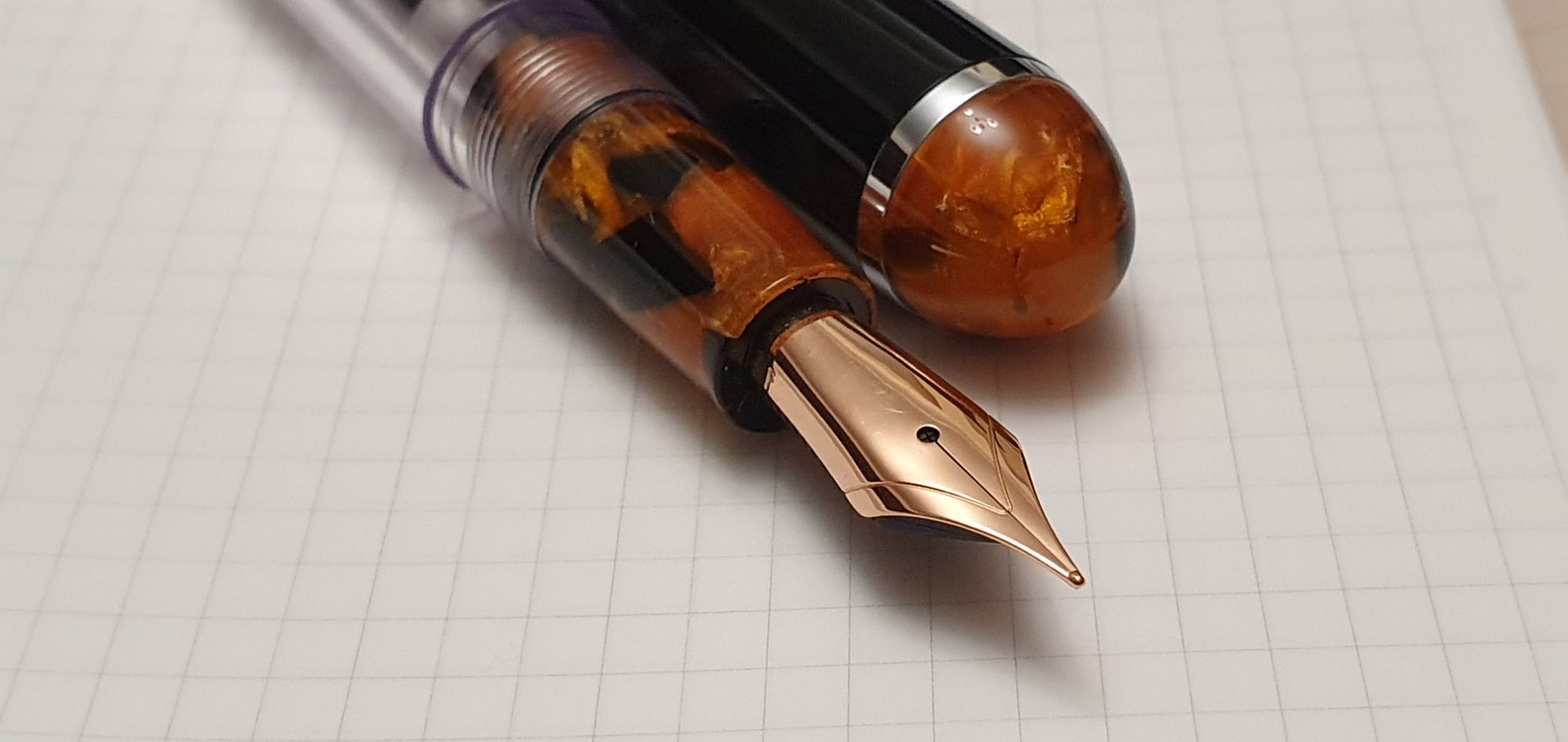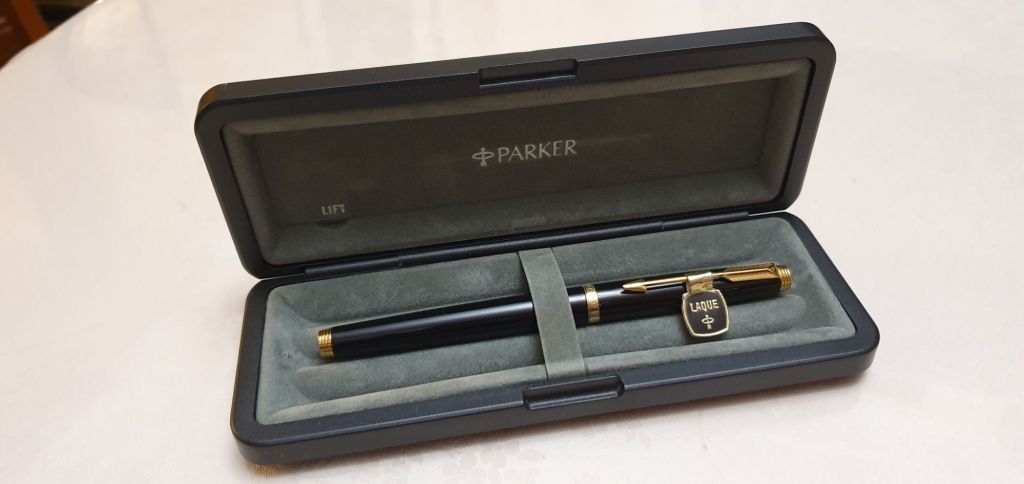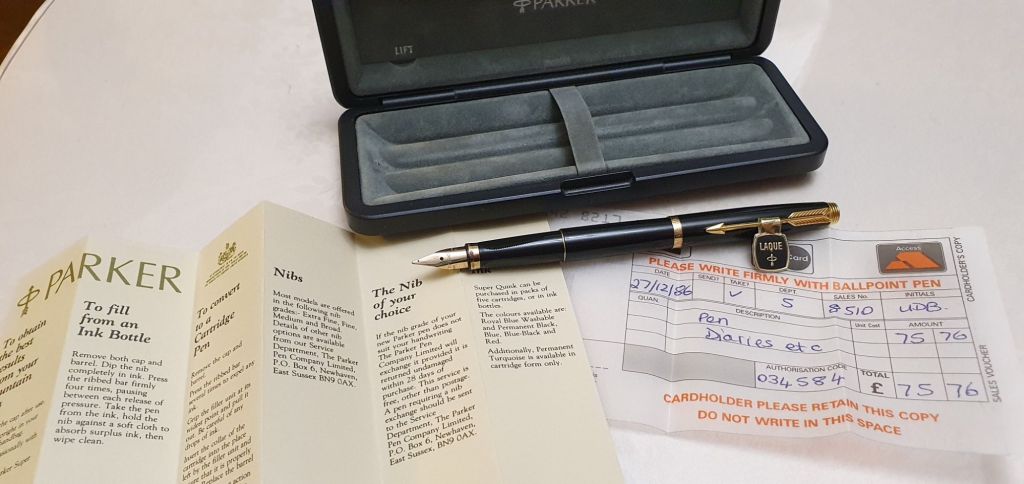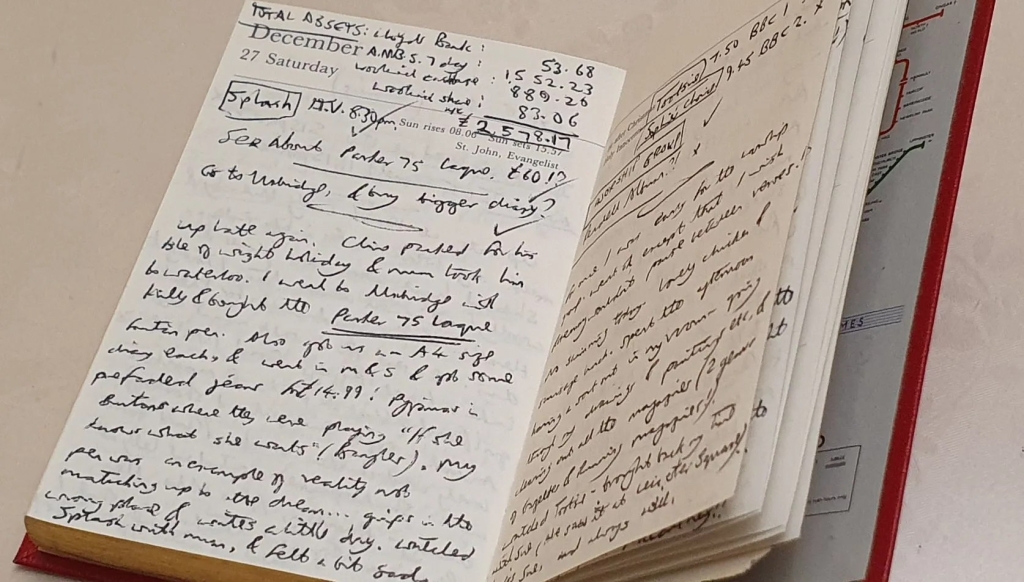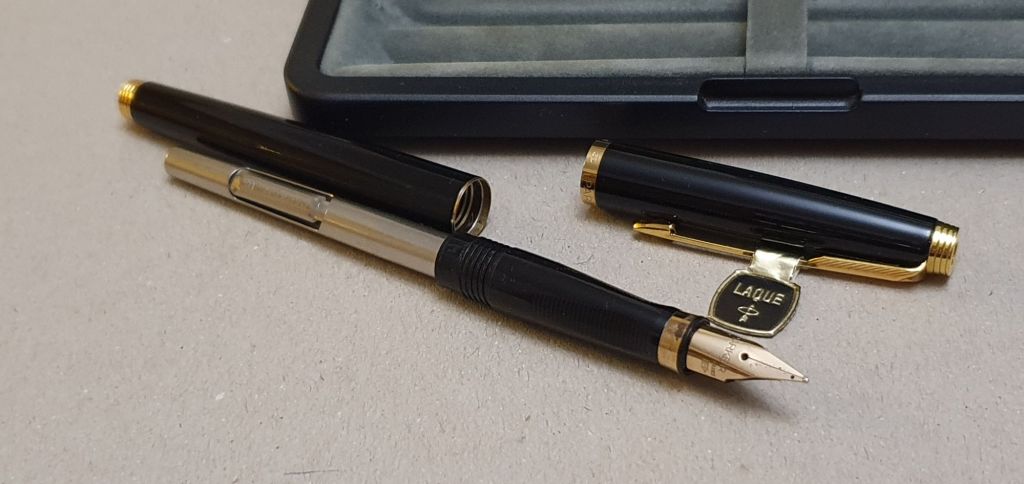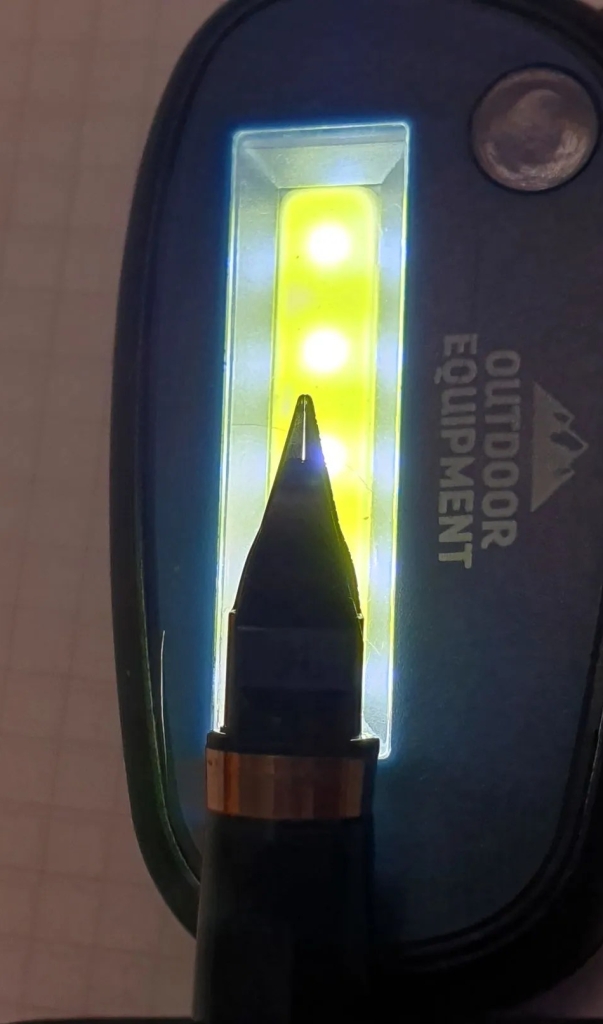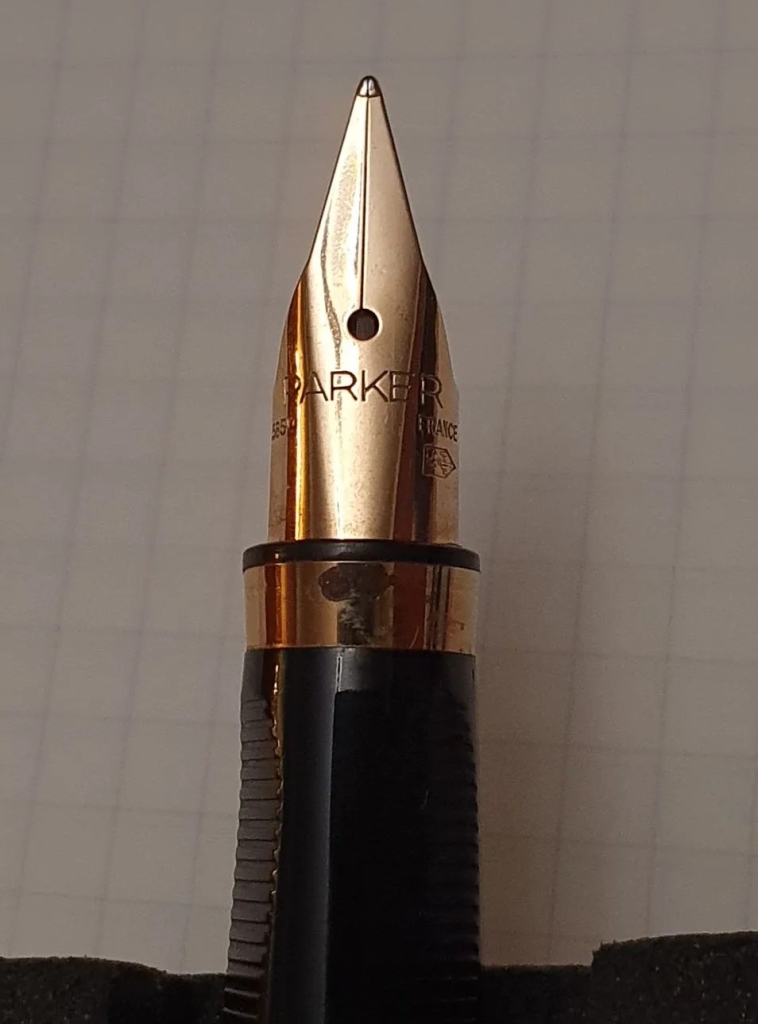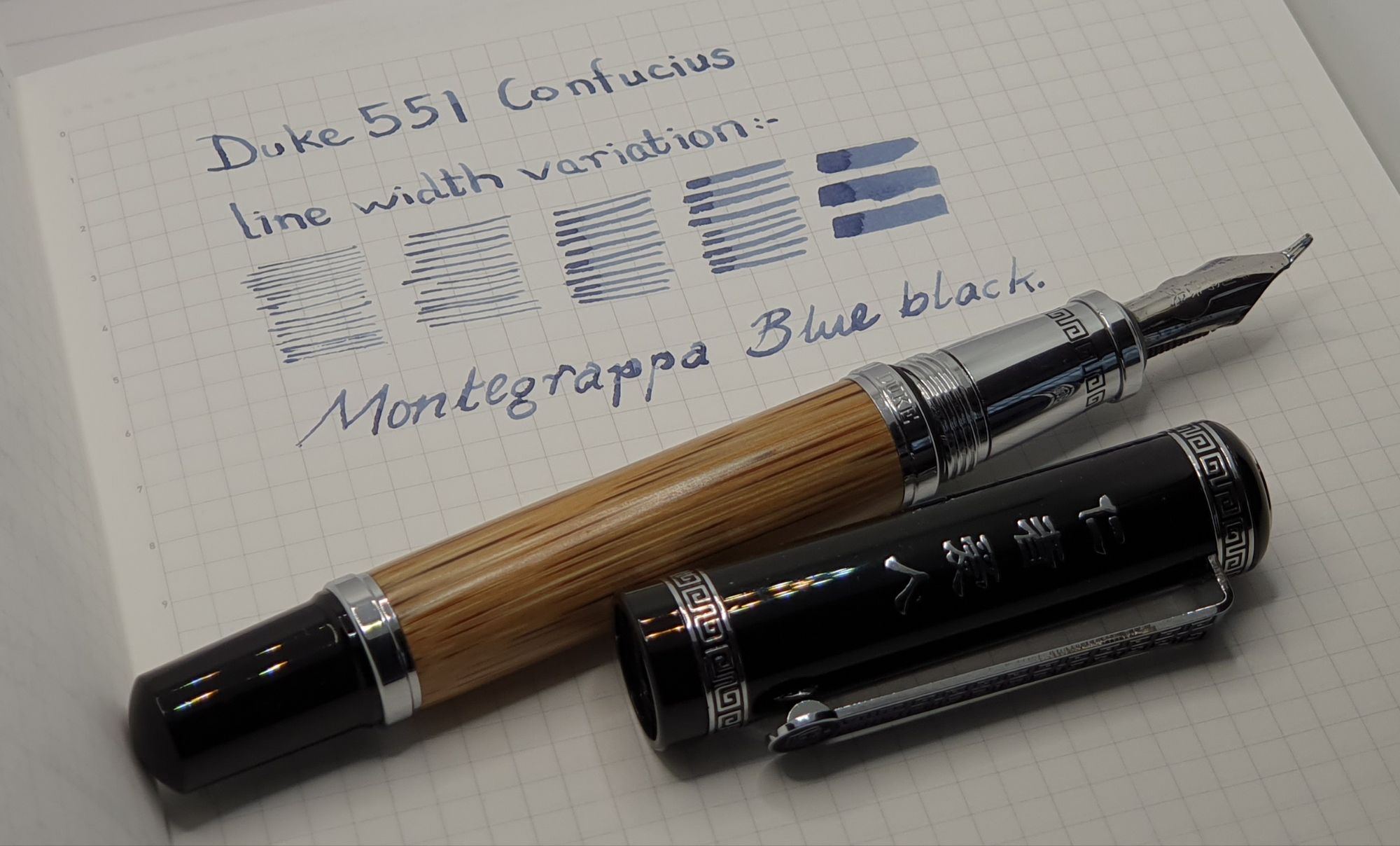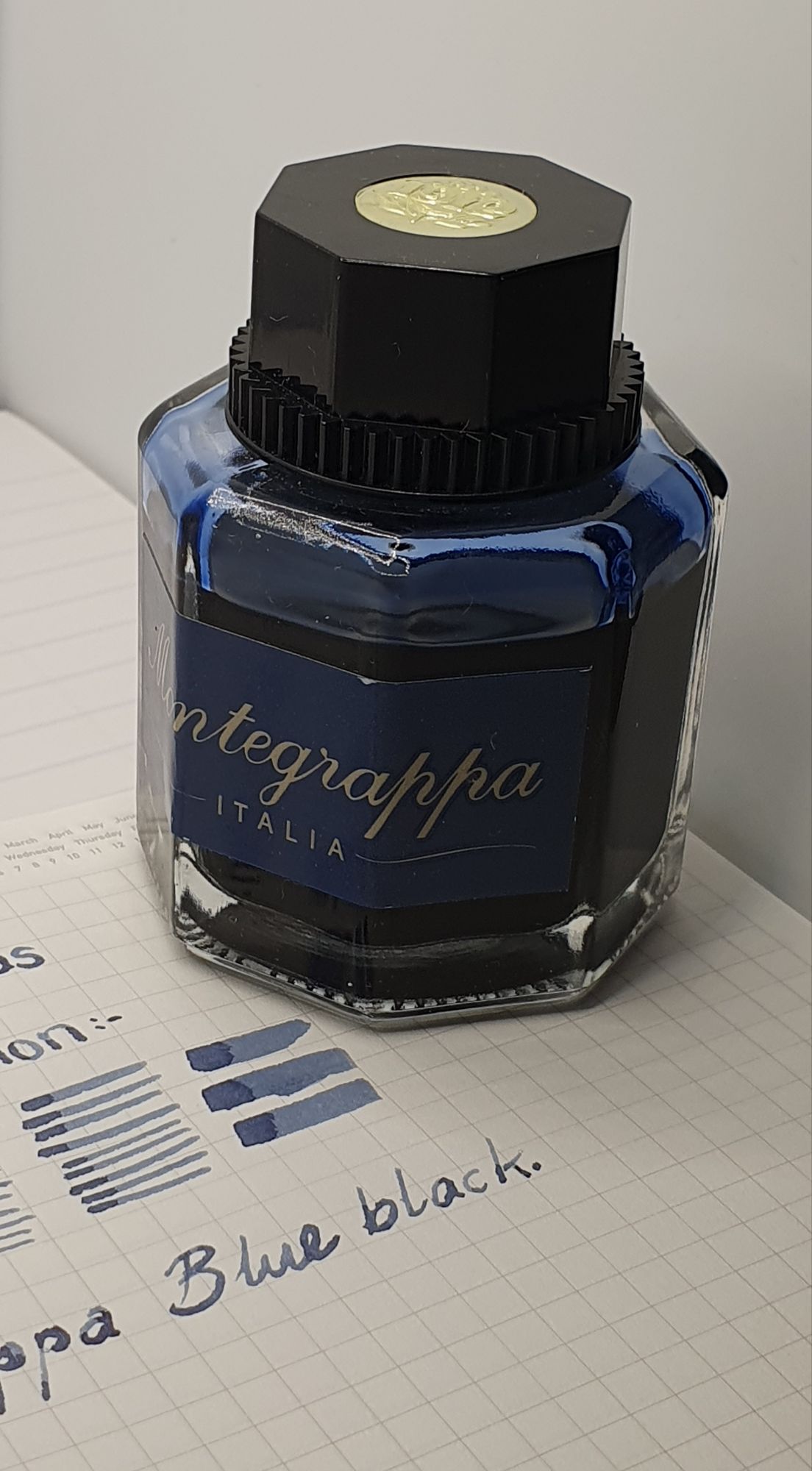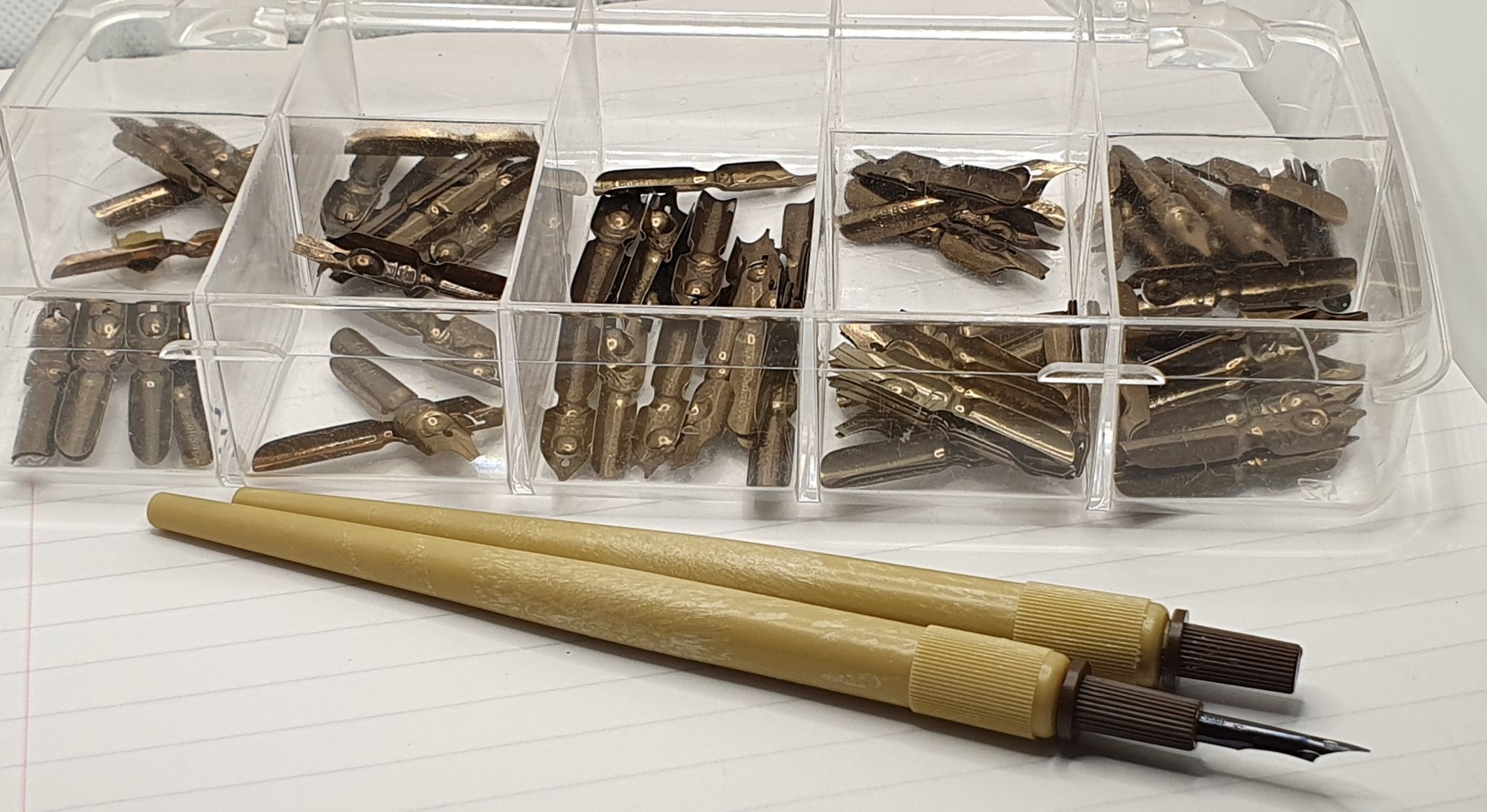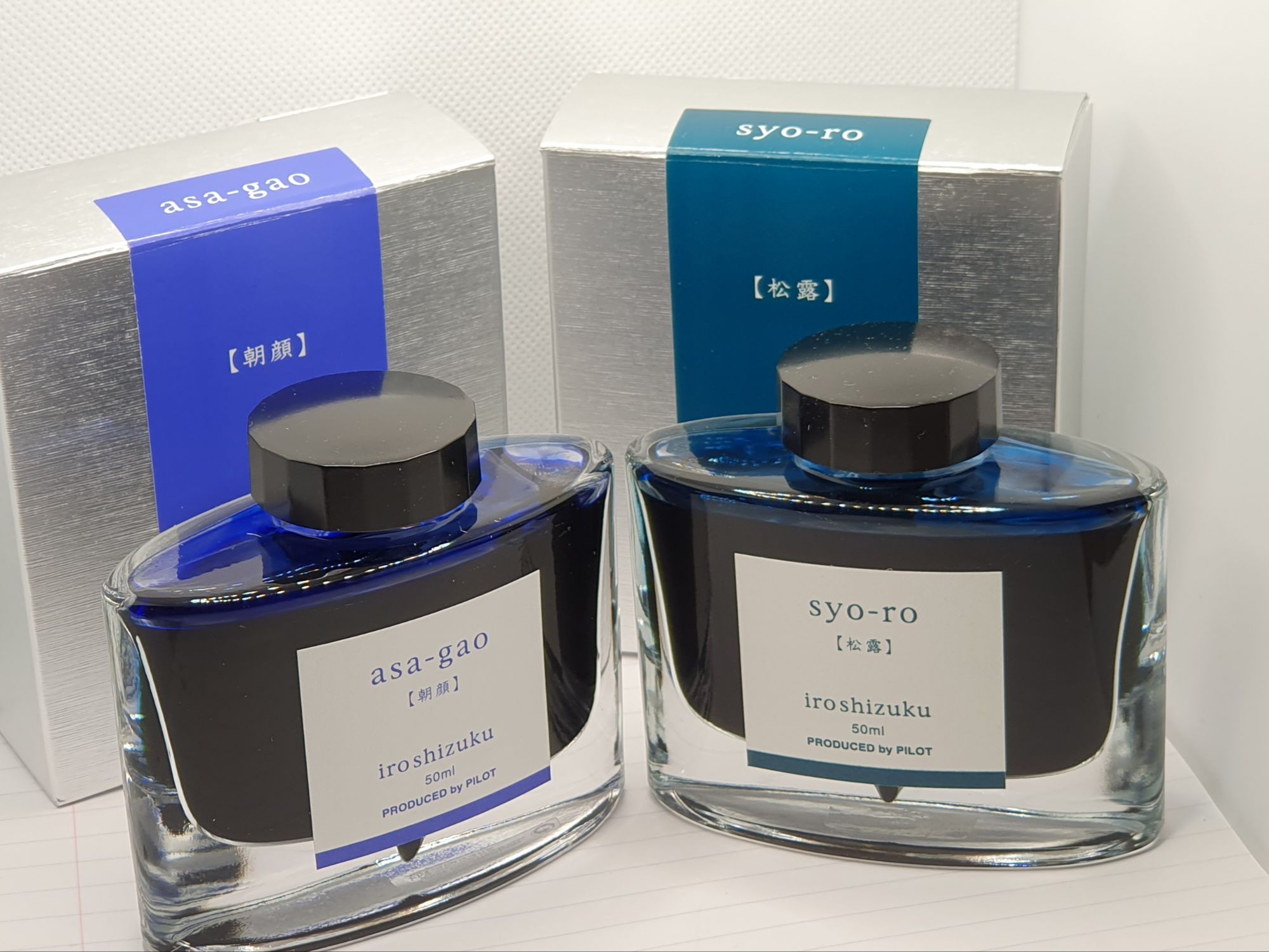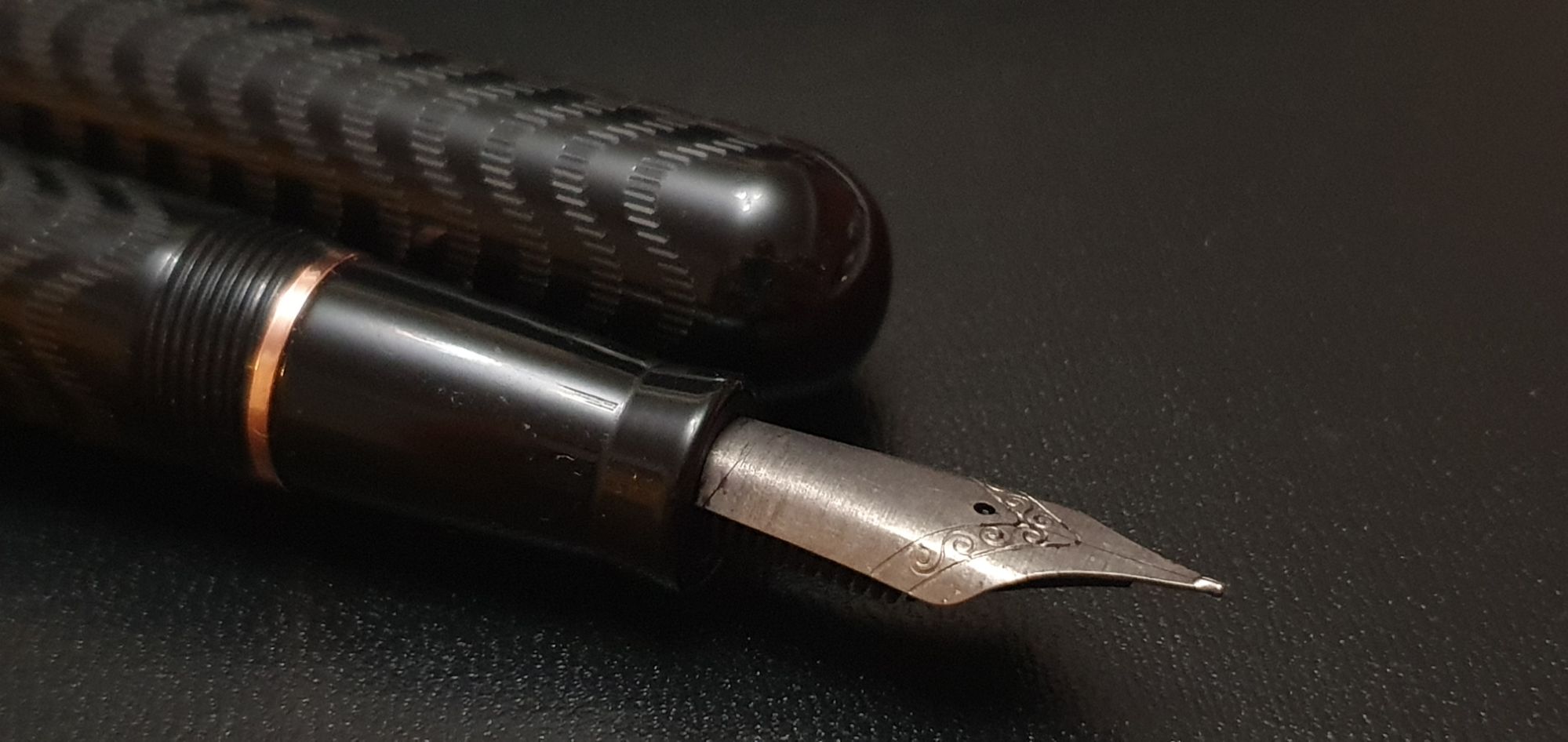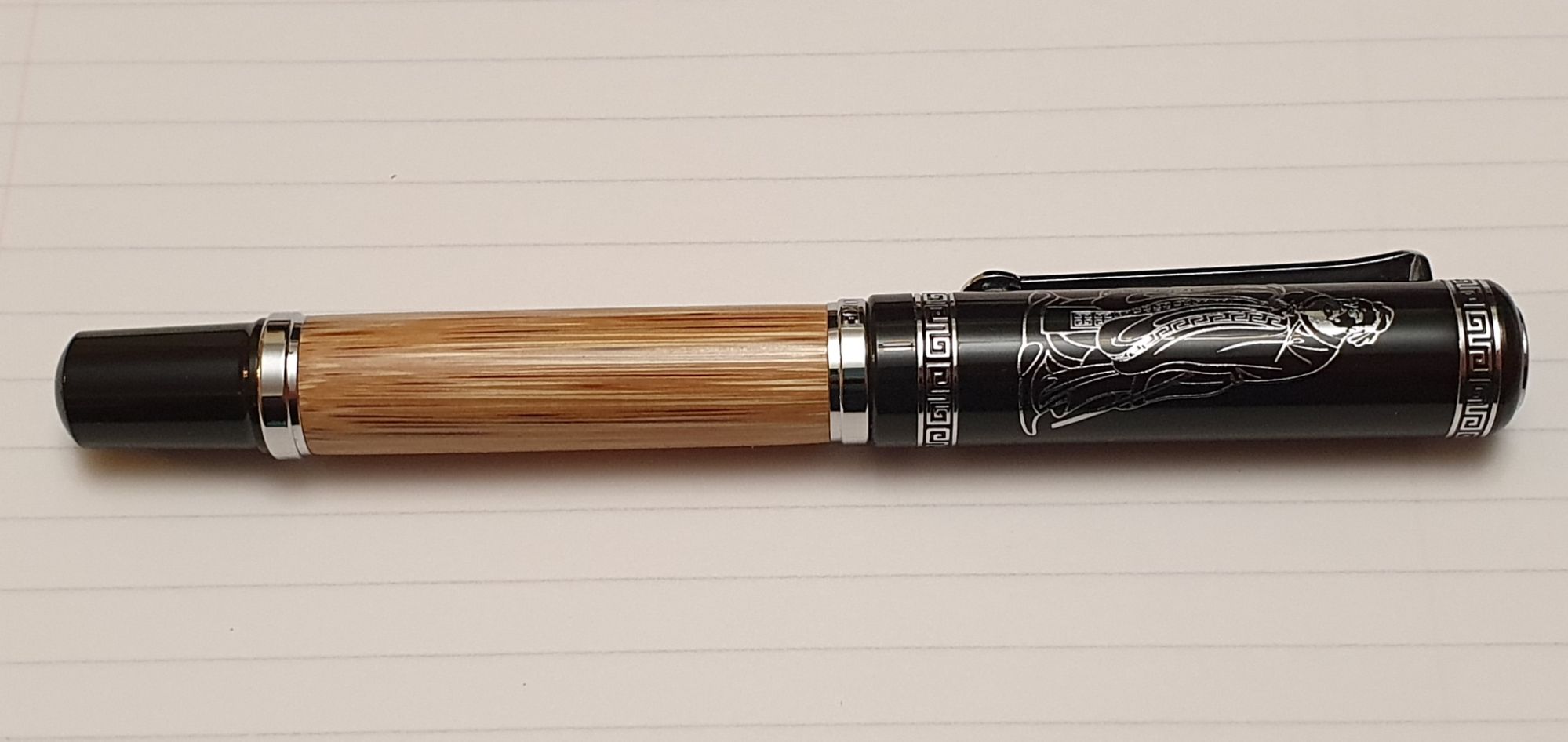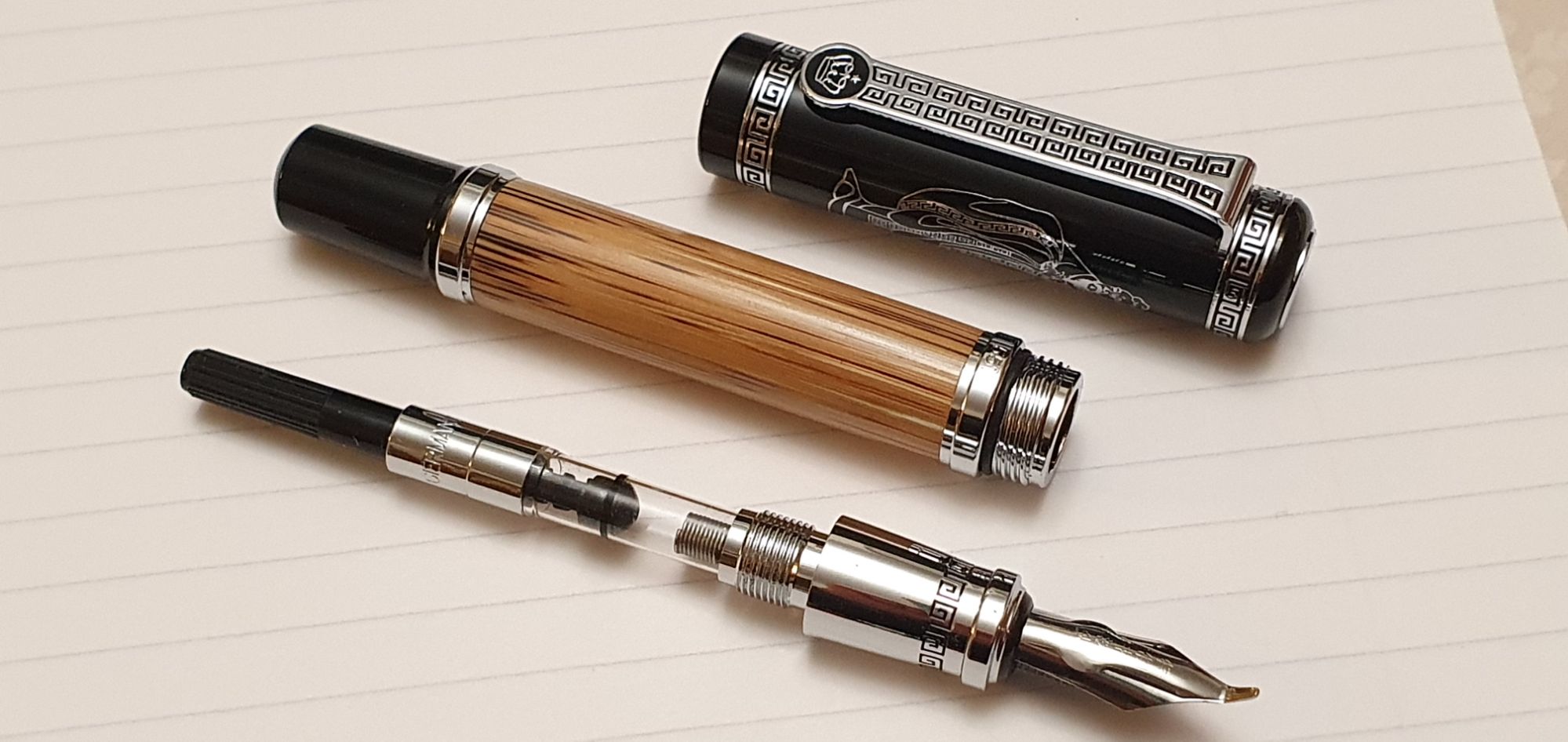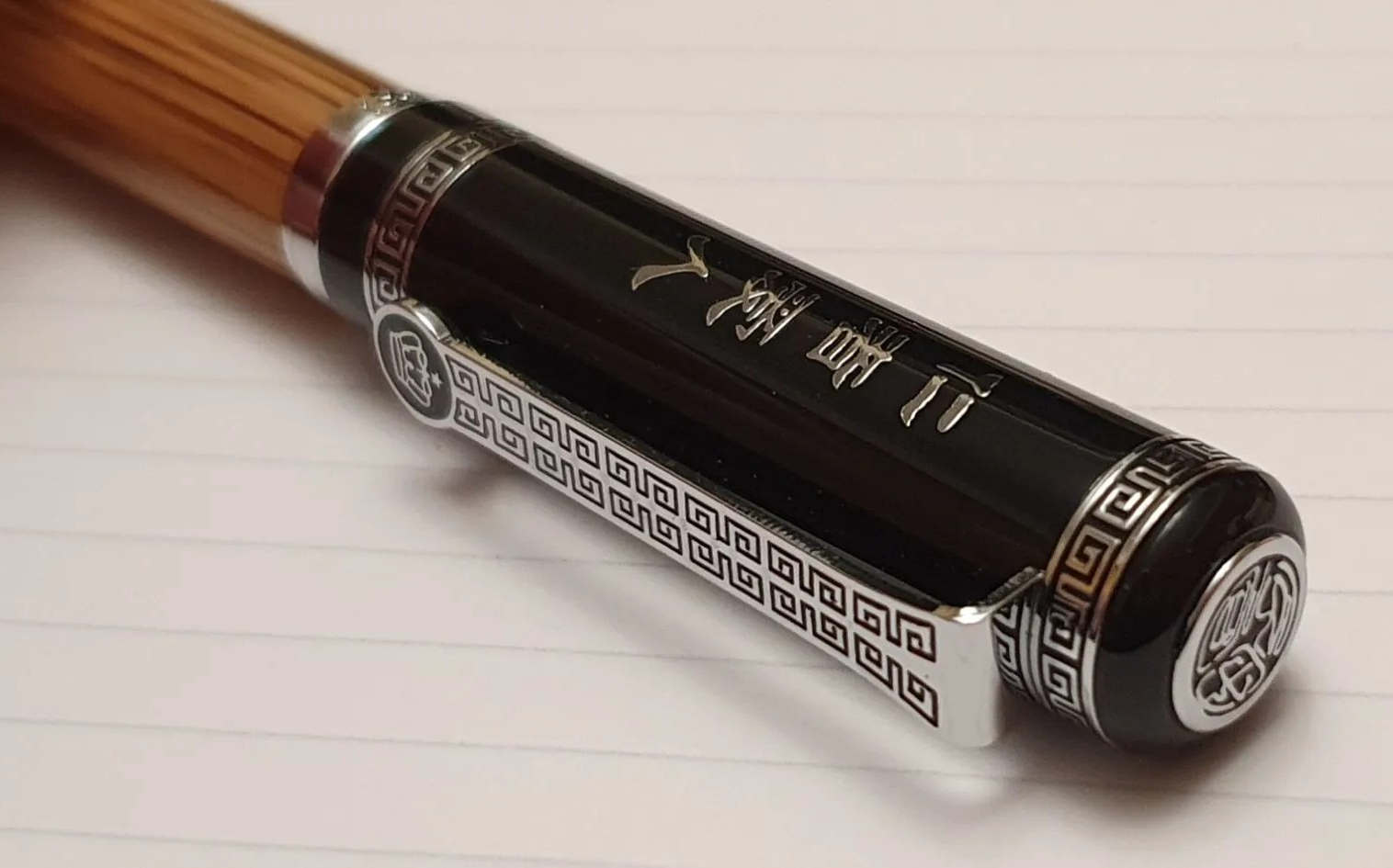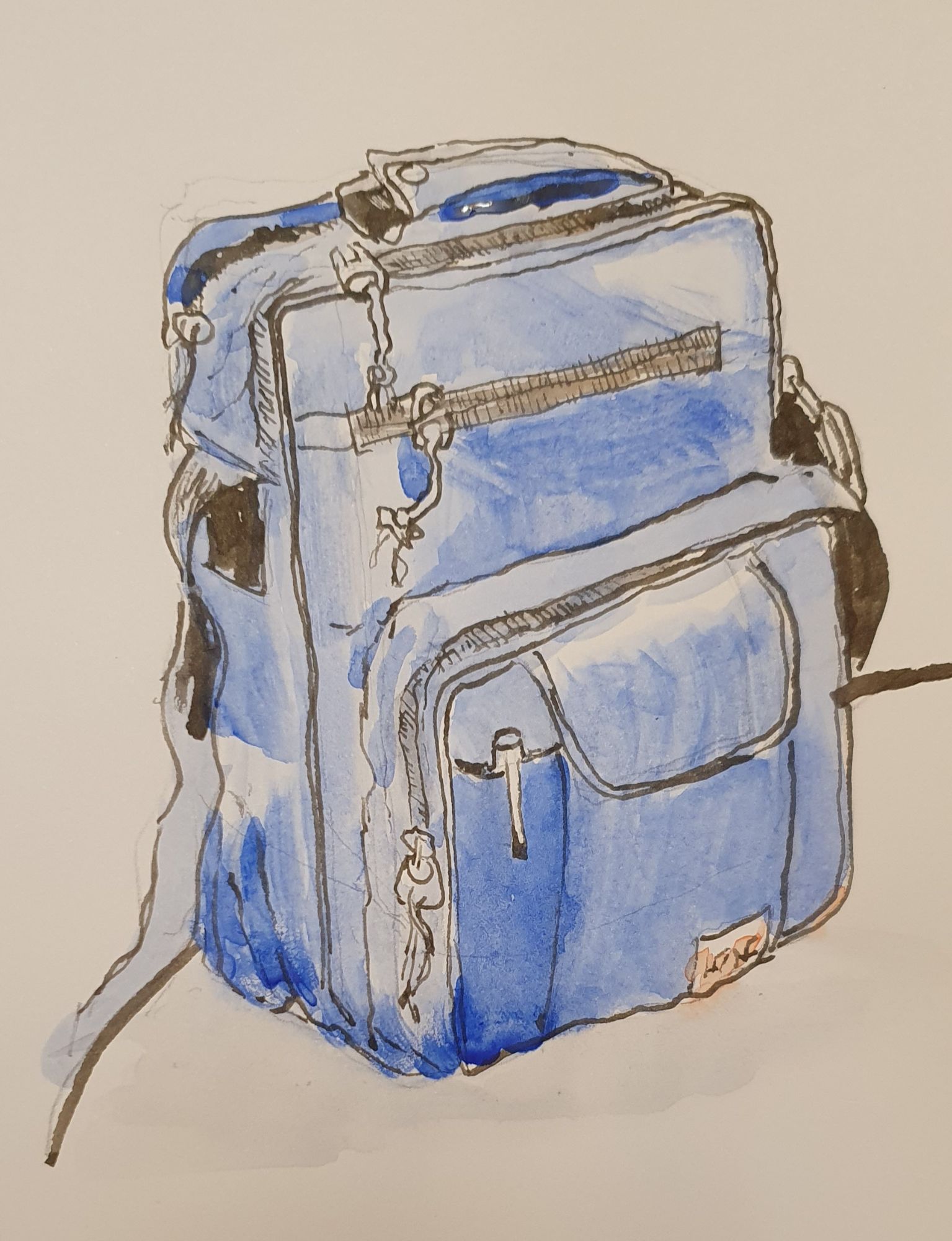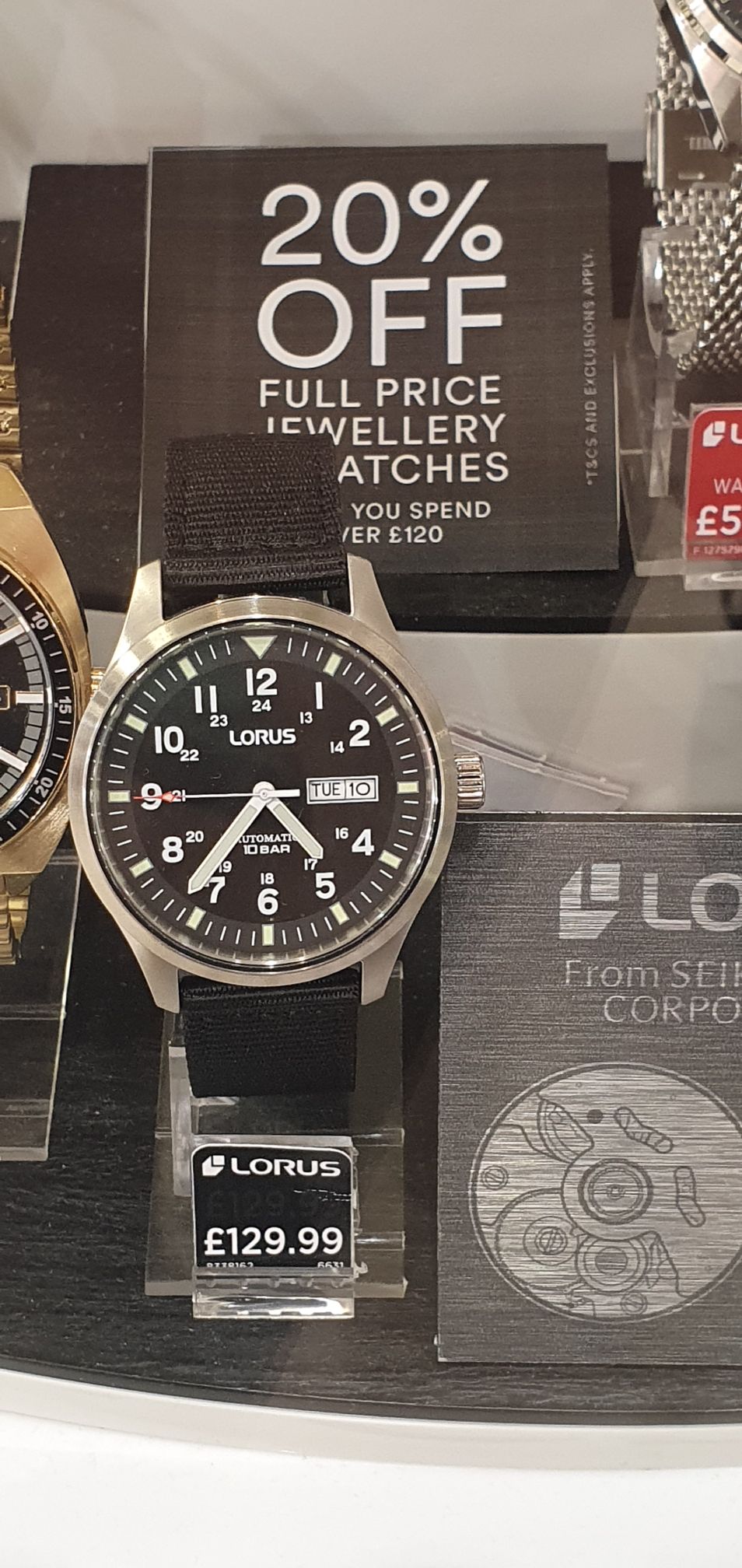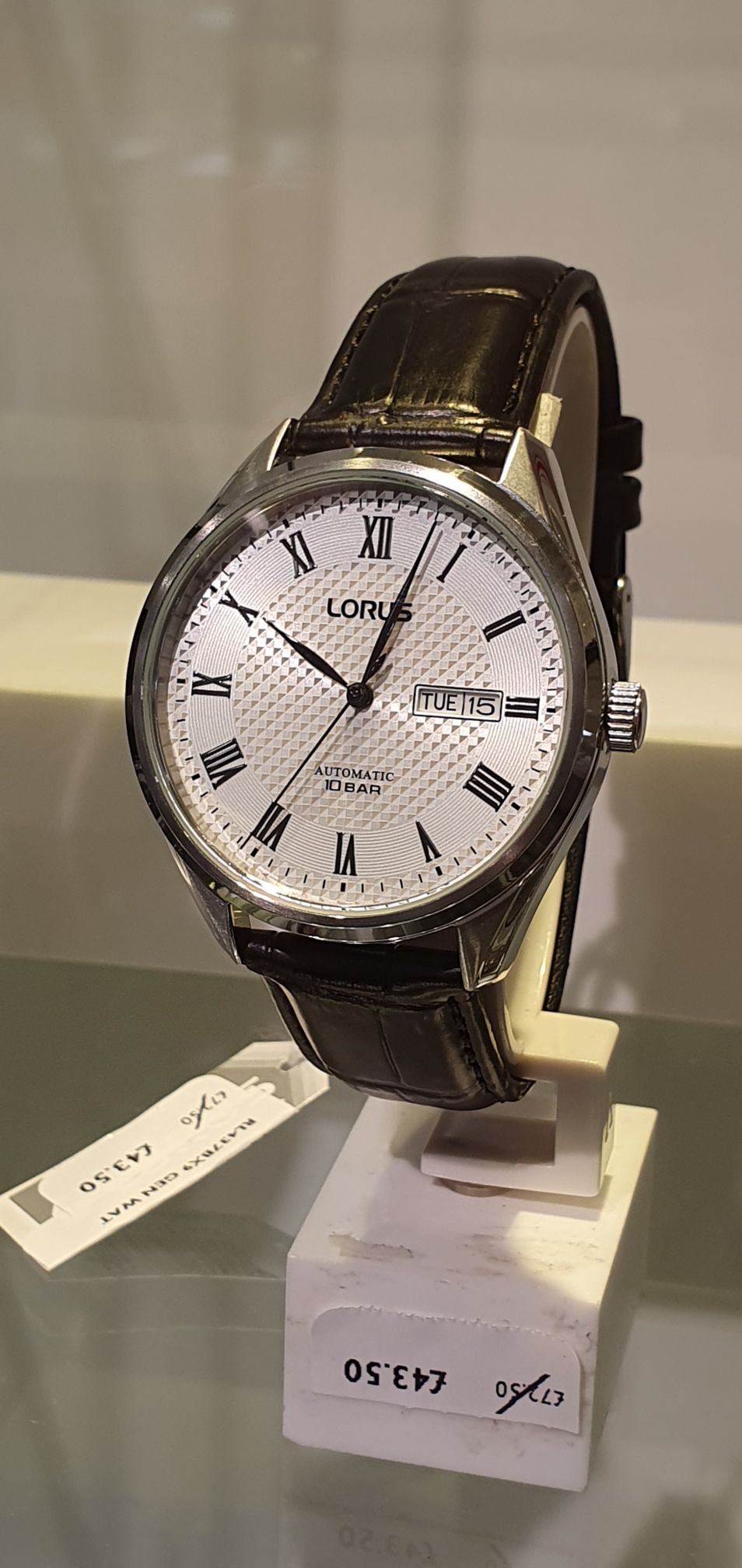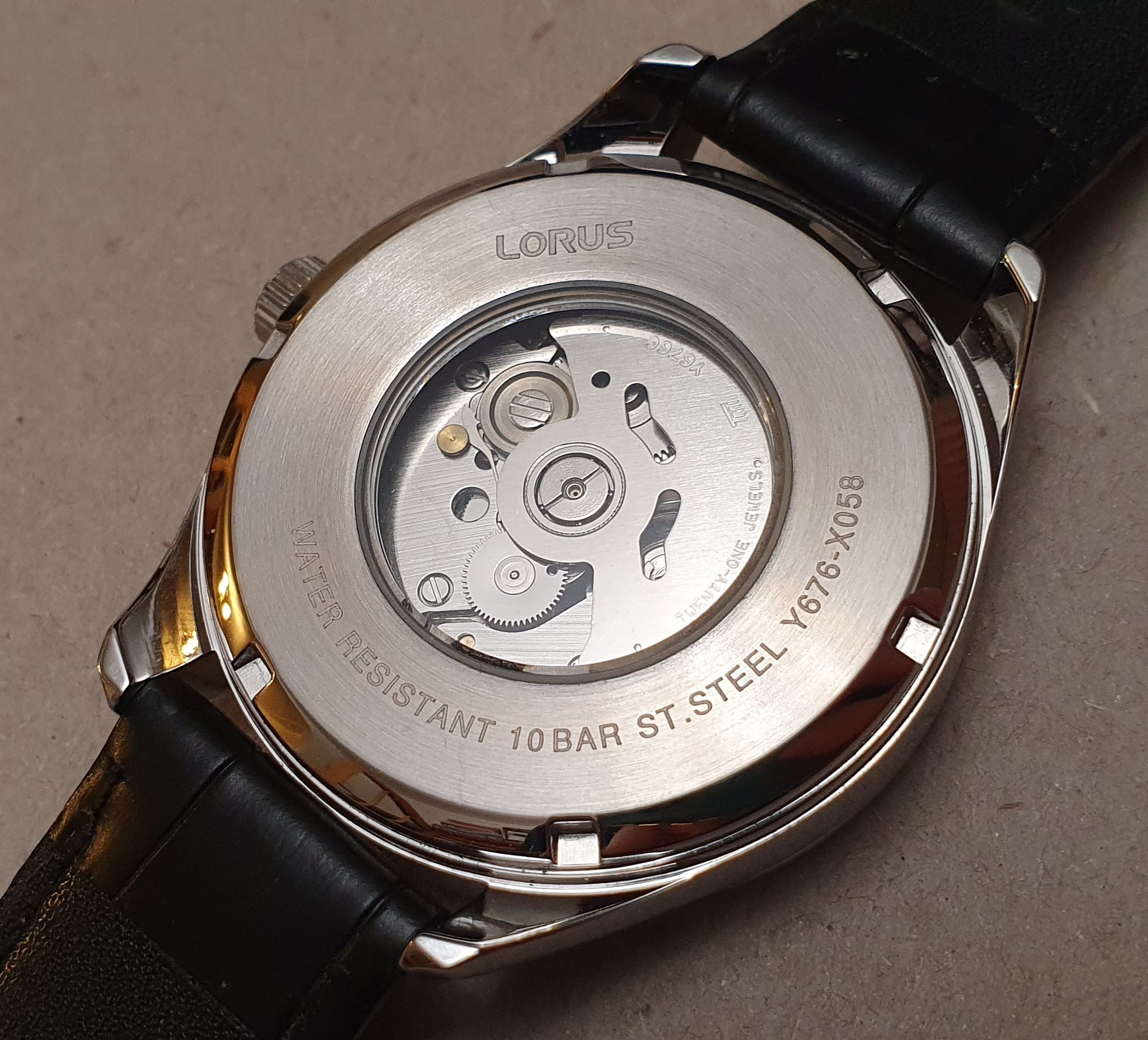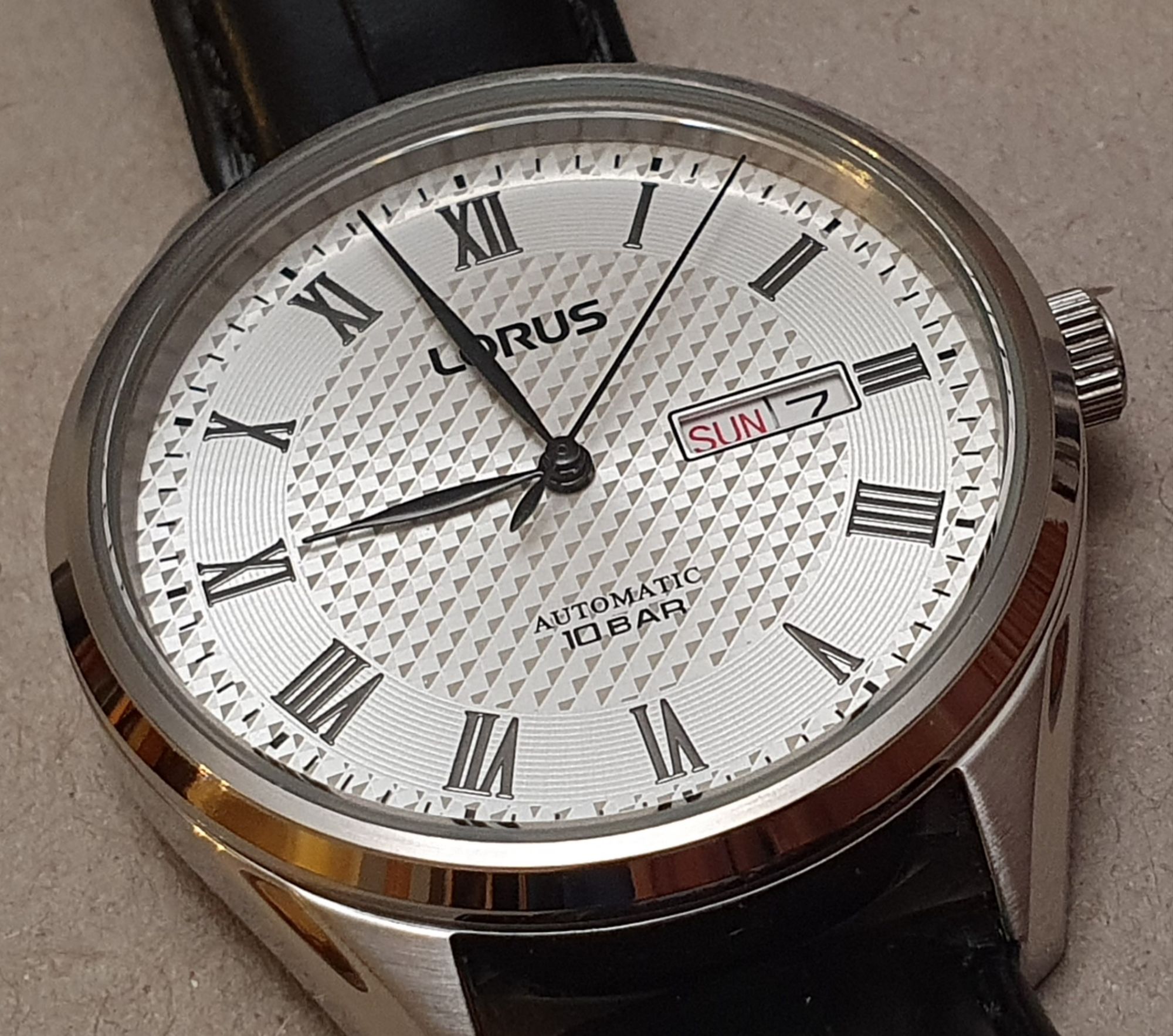One of the enduring pleasures of the fountain pen hobby is watching fresh ink on the page as you write. If you happen to be in a room with spot-lamps in the ceiling, you may even watch the wet ink gleaming before it dries.
This simple pleasure is enhanced if observed through a magnifying glass, especially if it has a light. However, it can be awkward to write with a magnifying glass in the other hand, especially if the focal length is such that you need to bring your eye close to the lens.
Tinkering with fountain pens also entails cleaning, nib adjustment (or “tuning”), maintenance and repair, which are also occasions when a magnifying glass is helpful. If you find a hands-free solution, so much the better.
Over the years, I have accumulated many magnifying glasses of various types and quality. There is no single solution: you may require some to use at home (with differing magnifications) and a portable one to carry easily.

There are pro’s and con’s to all of these and some prove more successful than others. Glass lenses may be superior to plastic, but are heavier. The large white “Fancii” model above offers an unusually large diameter lens, fortunately acrylic and lightweight, which is good for maps and reading but suffers from pincushion distortion such that a page appears to have a bulge or bubble in the middle. Those with LED lights are useful but carry a risk of the lights being switched on accidently whilst being carried which will drain the batteries.
Of those pictured above, the black and white Eschenbach Mobilux, 7 x 28 D 60, made in Germany has been the most successful and also the most expensive (currently £70.56 on Amazon). I have had mine for years and use it almost every day. It came with a slip-on protective lens cover but I also secure the LED on/off switch with an elastic band when travelling with it.

These metal and glass jeweller’s loupes are very handy, and came with plastic boxes. The larger one has LED lights.
Over the years I have tried some hands-free solutions, such as the one below on a flexy stem and which also has a smaller lens with higher magnification in one area of the main lens. This is essential for two-handed tasks, such as flossing a nib with brass shims. The other, folding model below was supposedly for knitting and crochet and such like and can be held around the neck whilst propped up on your chest for hands free close work. It also has an LED light.

The flexy-stem model sees regular use and lives permanently on my desk. I use an envelope to cover the lens when not in use, in case of sunlight causing a fire.
There are numerous hands free, inexpensive headband magnifiers available on Amazon. If you plan to wear one over spectacles, this must be taken into account when choosing. A few years ago I ordered a very simple headband magnifier complete with four, slot-in lenses for under £10.00 but did not find it very satisfactory and used it only a few times.


It is against this background, that I saw the Vision Aid magnifier on Amazon, with over 4,200 reviews, an overall rating of 4.4 stars, in the “Amazon’s Choice” recommendations and with a slight discount, to £29.99. I read some of the reviews and decided that it was worth a go.

As always, there were some negative reviews too and I noted the issues that some buyers had, to pay particular attention to these when it arrived but was encouraged by the many accounts of good customer service in the event of problems.
When it was delivered the following day, my initial impressions were very positive. This is a headset magnifier with LED lights and lens in five different powers. To list its features:
- Acrylic lenses of 1.0x, 1.5x, 2.0x, 2.5x and 3.5x. (a 1.0x magnification power is 100% increase in the magnified object’s size. For example a 1 inch object at 1.0x magnification would appear to be 2 inches);
- Plastic storage box for five lenses with slots for each lens;
- The lens are quick and easy to fit; they just click into place; a spring clip automatically clamps the lens into place;
- Headset supplied with folding, removable plastic arms and an adjustable elastic strap which is preferable for users who wear spectacles;
- The headset has a rubber-covered nose pieces, to rest on the bridge of the nose; to use the headset with your own spectacles, allow the nose-pieces of the headset to rest on the bridge of your nose, behind your eye-glasses, (that is, BETWEEN your eye-glasses and your face);
- Headset has lens mount which can pivot up and down, slide forward and backwards (for optimum focus) and tilt inwards or outwards to suit the position of the object.
- Two LED lights are mounted; the direction of the lights can be adjusted up and down in four steps;
- The LED switch alternates with each press for low, high and off;
- The version I chose has a rechargeable battery, charged via a USB cable supplied; a red light on the headset shows when it is charging which turns green when fully charged; (mine was partially charged on arrival but charging fully took about 40 minutes); a version requiring batteries is also available but I presumed that the rechargeable option may be lighter;
- Accessories supplied are the USB charging cable, extra rubber covers for the nose brackets, a soft lens cleaning cloth, a User Manual and a very nice, zippered clam-shell carrying case with a nylon mesh accessory pouch and a moulded clear plastic insert, (which can be kept to hold the items snugly in place, or discarded if preferred).
- The carry case as tough plastic handle over the nylon strap and plastic covered tabs for the double-end zip, which is a nice touch (and nice to the touch).
After charging the LEDs fully and reading the large-print User Manuel I was ready to slot in a lens and try it out. I started with the 1.0x magnification, the lowest power, but was immediately impressed that items on my desk were suddenly clearer! I picked up a pen and examined its barrel and then the nib. All crystal clear and hands free! All other lenses were equally good but with each increase in magnification requiring a shorter distance between the eye and the object.

I then tried writing with the headset on. This is no problem at all. No more need to hold a magnifying glass in one hand! Bight illumination when needed! The Amazon description claims that the lights can provide non-stop use for 7 hours. I have not tested this and presume that it would be at the lower brightness setting.
I looked again at my list of issues that a few negative reviewers had mentioned. These included complaints that nose clips were not included; nose clip screws were loose, the arms snapped off, the lenses did not clip in and the battery did not charge. I am glad to report that I did not have any of these problems with my set.
Finally, I read in one of the reviews that the product is made in more than one factory and that quality control standards were variable. I also noticed similar-looking products on Amazon, some considerably cheaper, but with brand names like a series of random letters rather than Vision Aid. I cannot vouch for these.
All in all, though early days, I think this is a great product and great value. And I am speaking as someone who has bought his fare share of magnifying glasses in his time.













